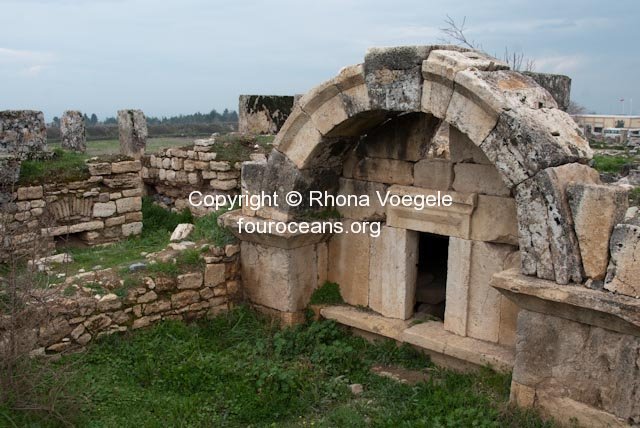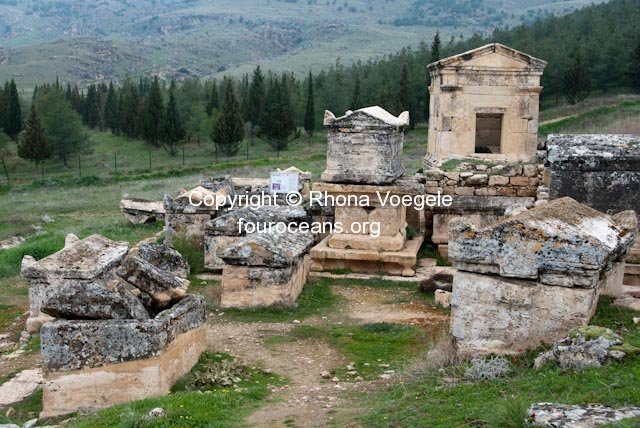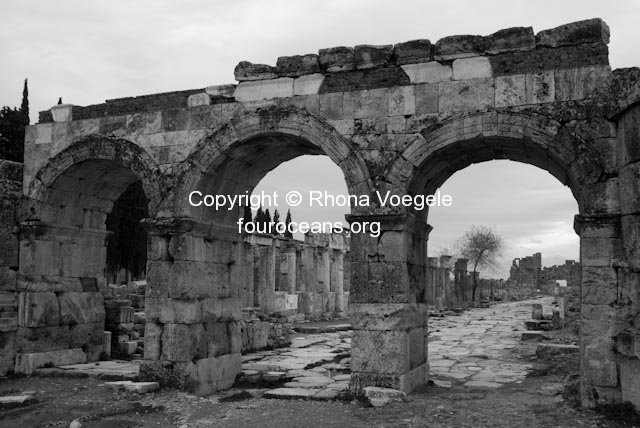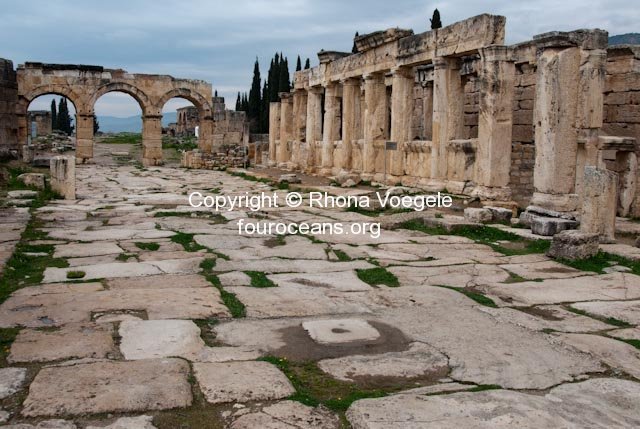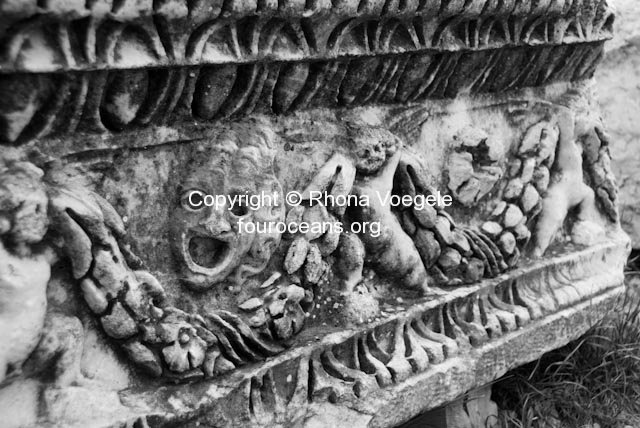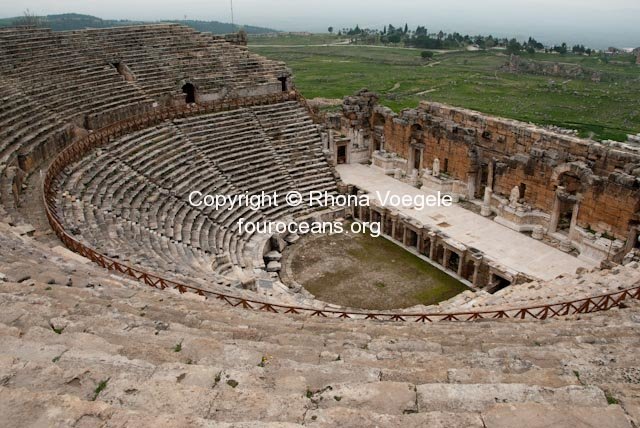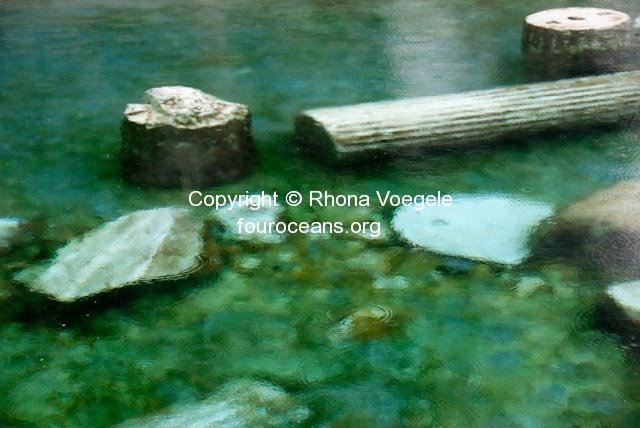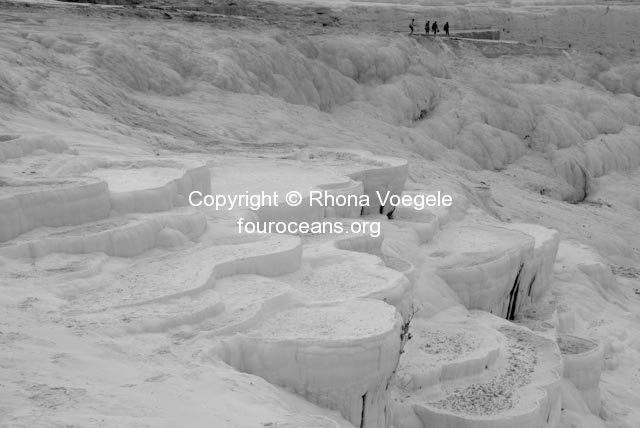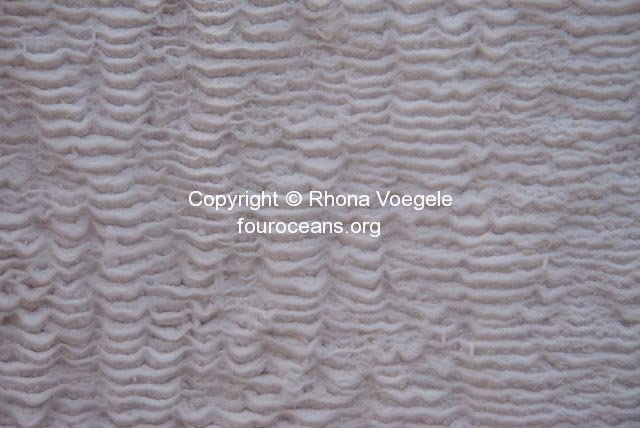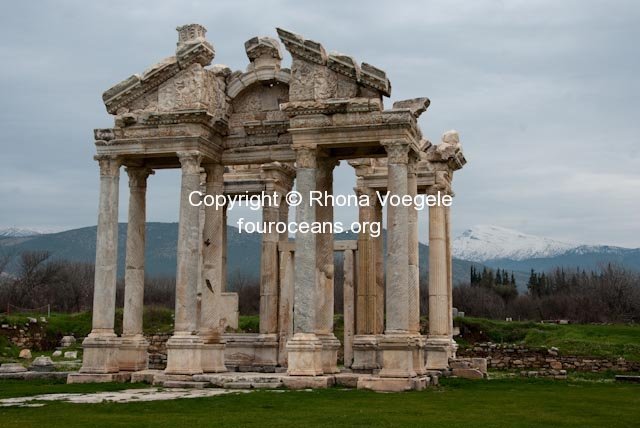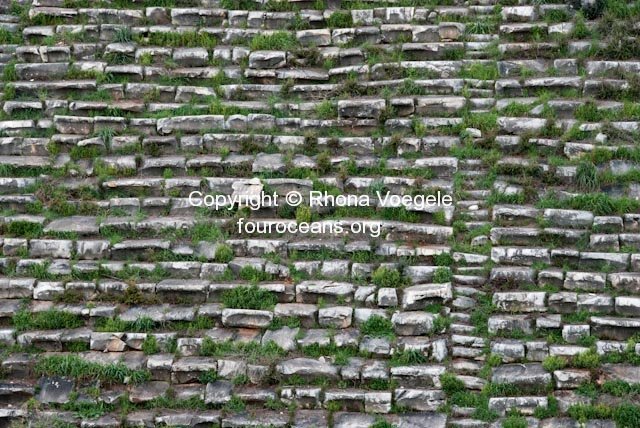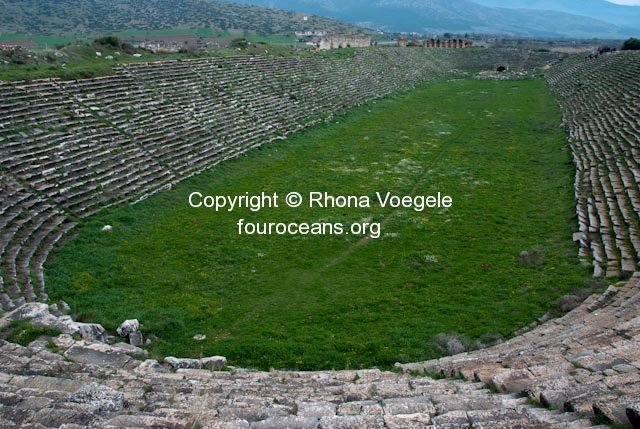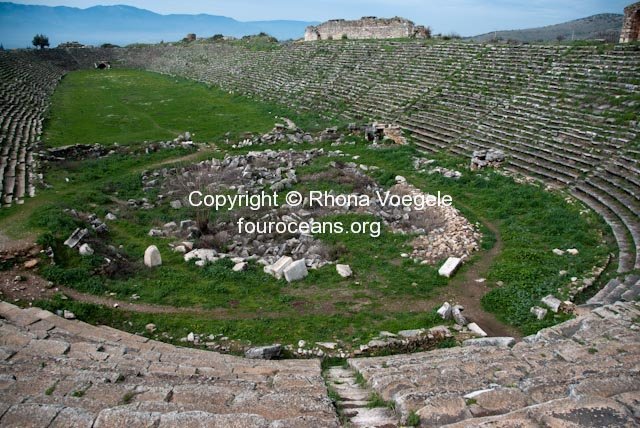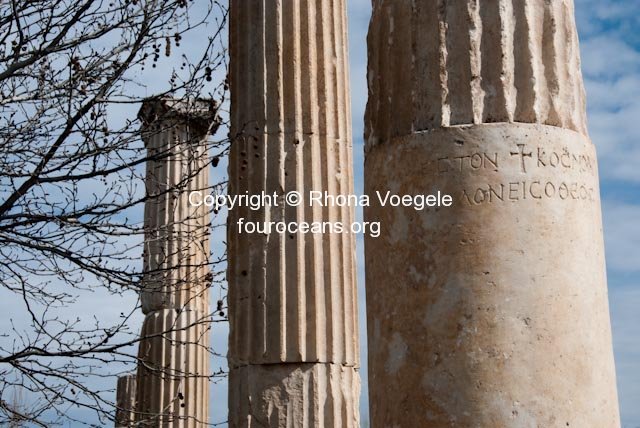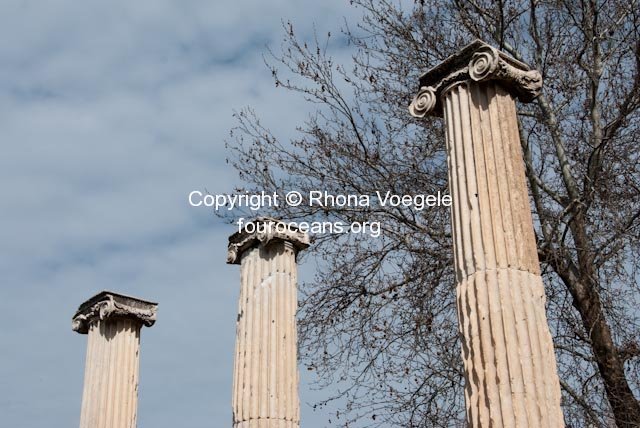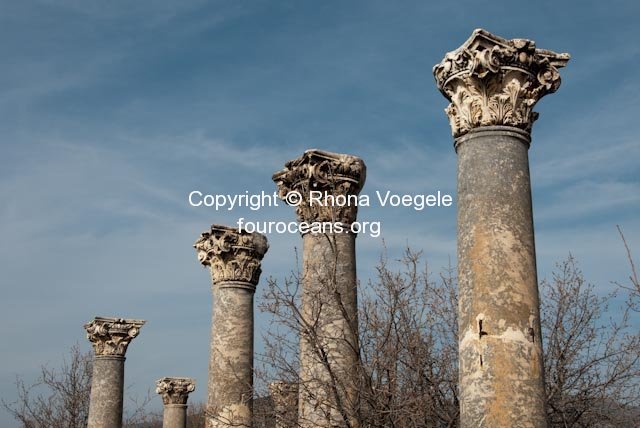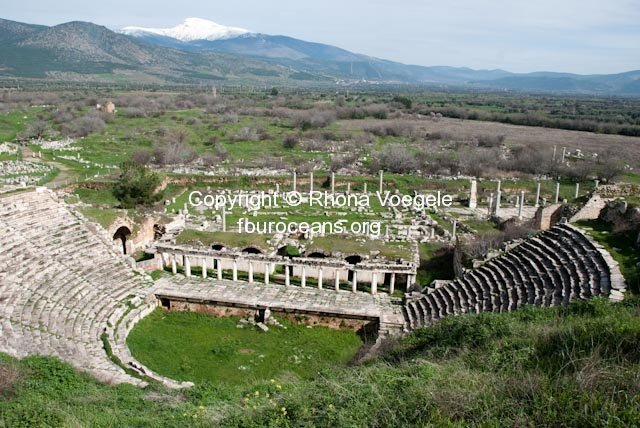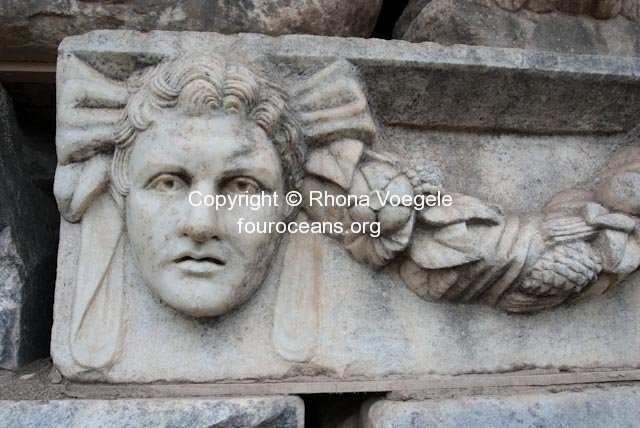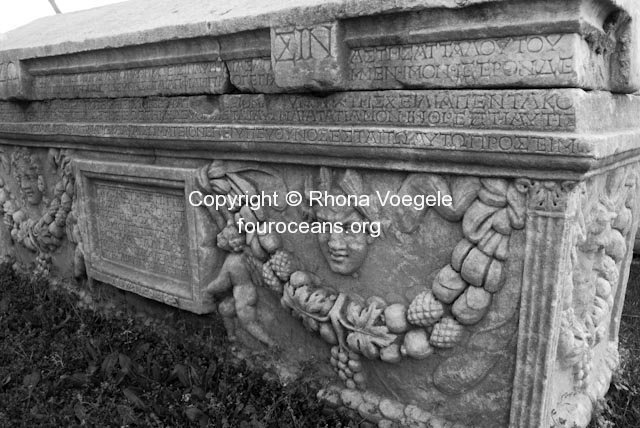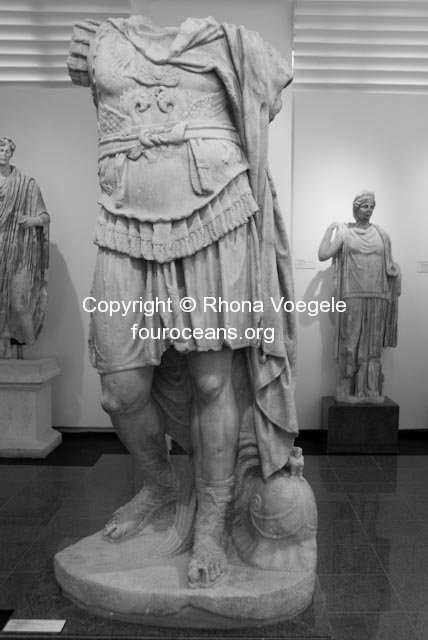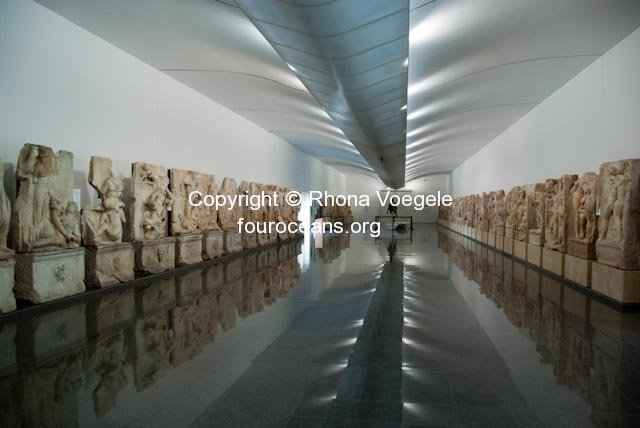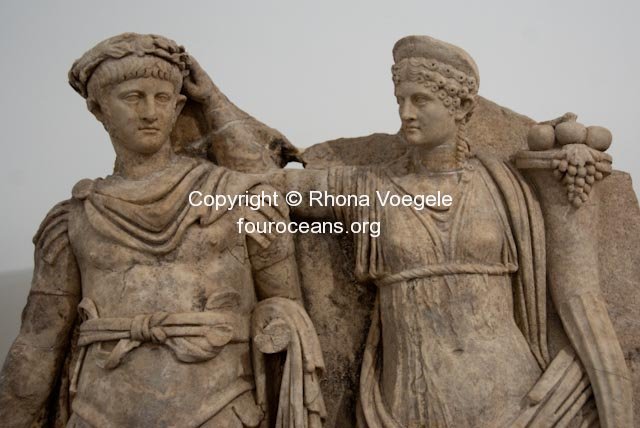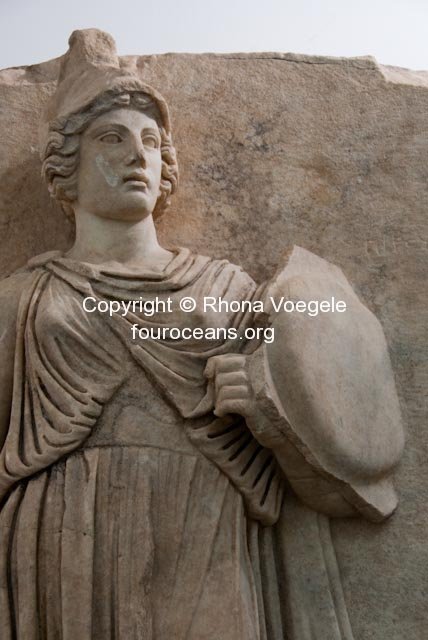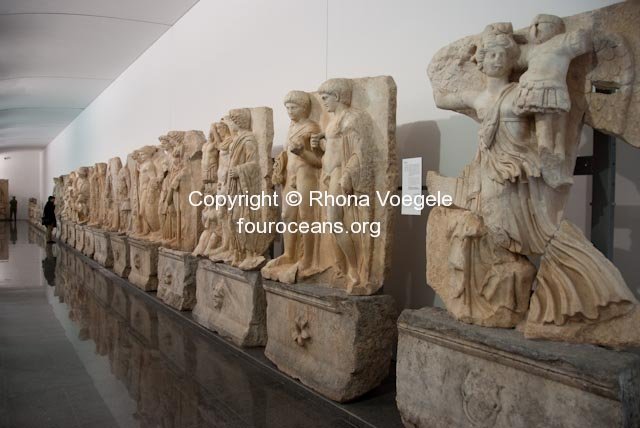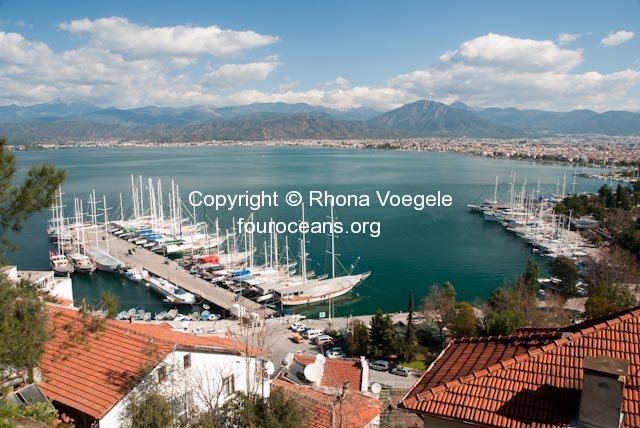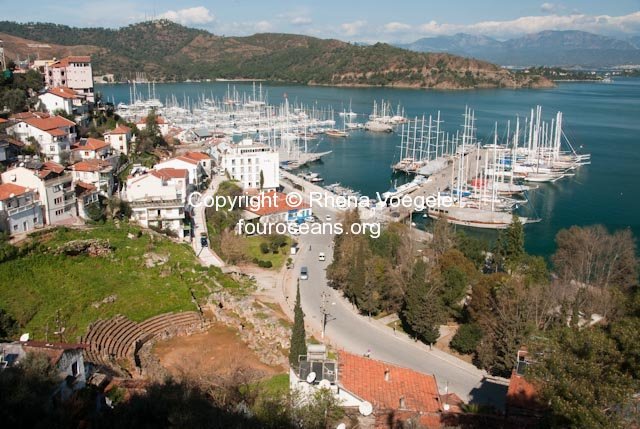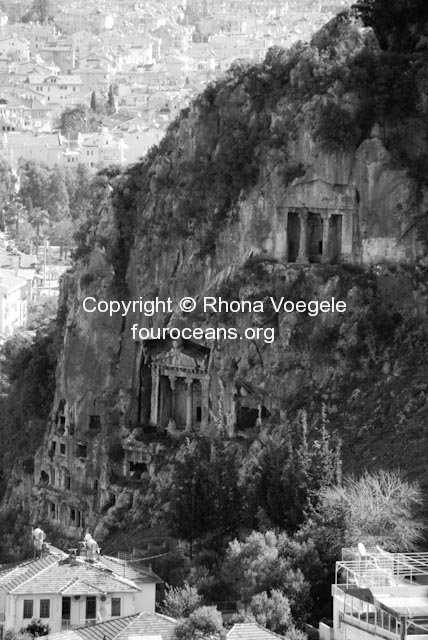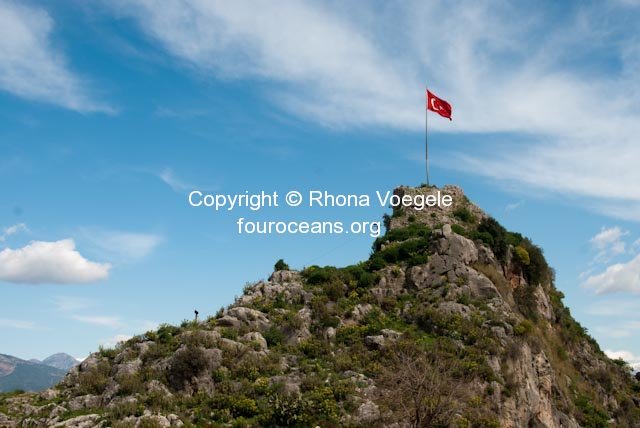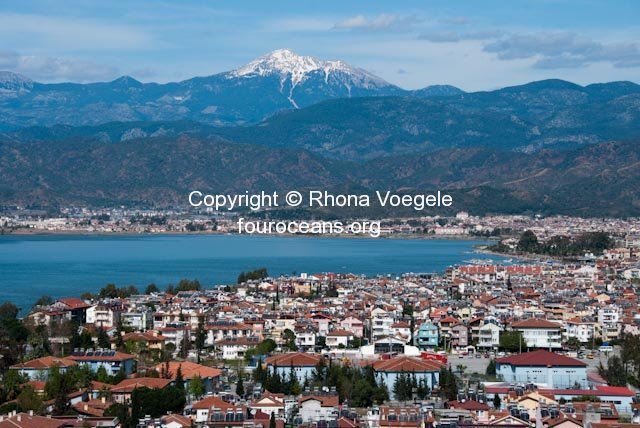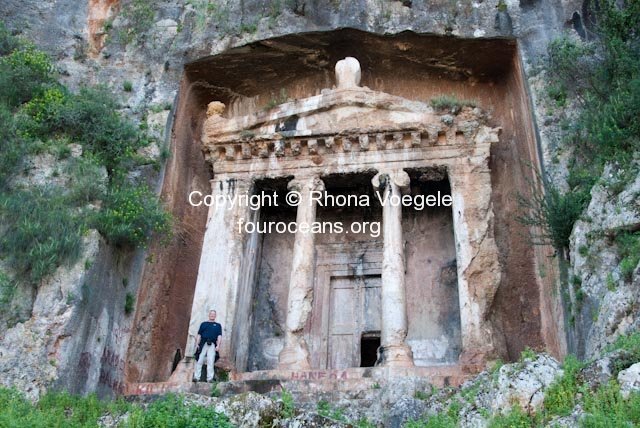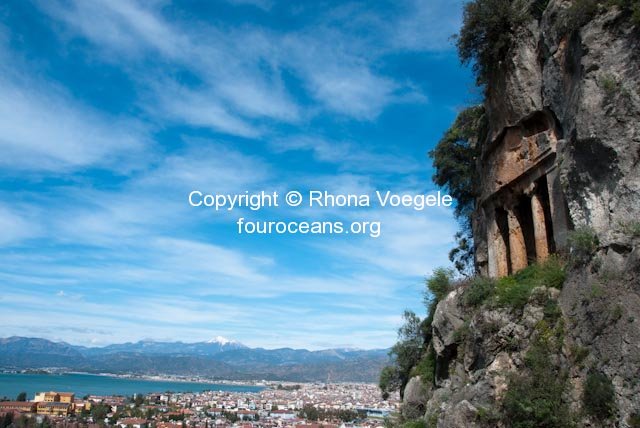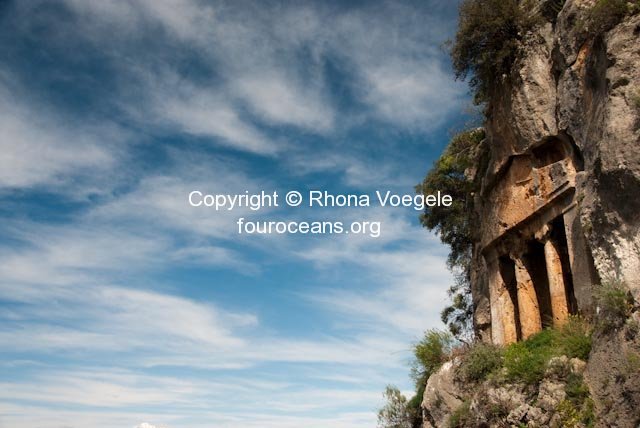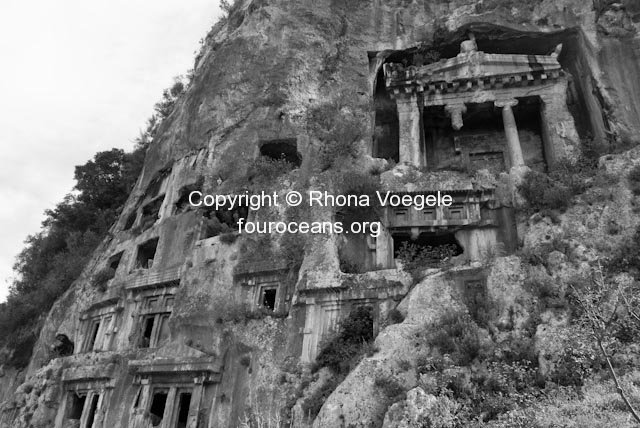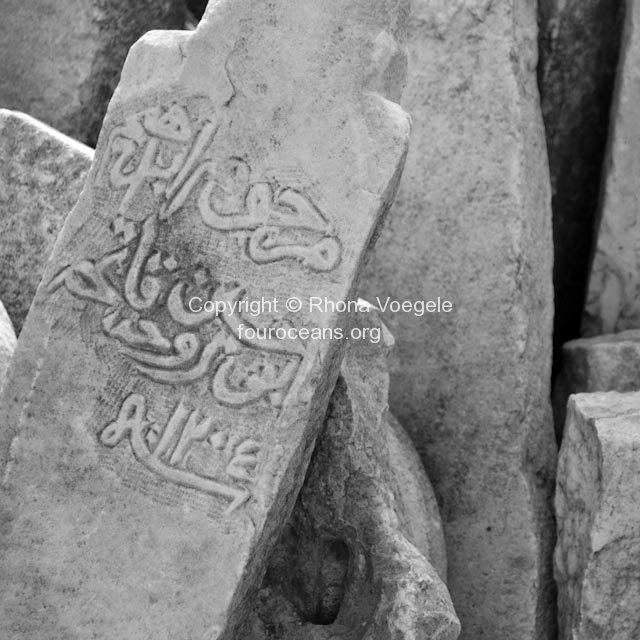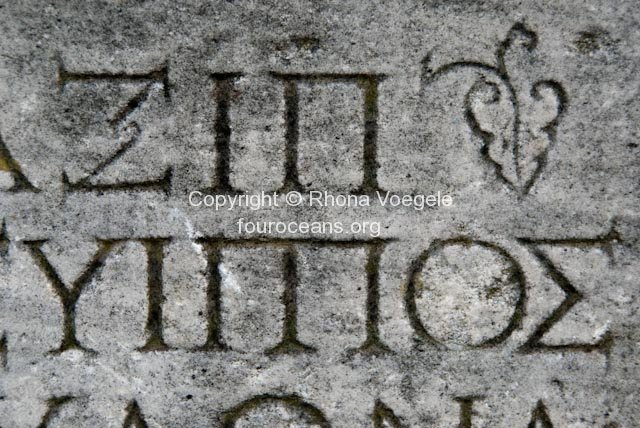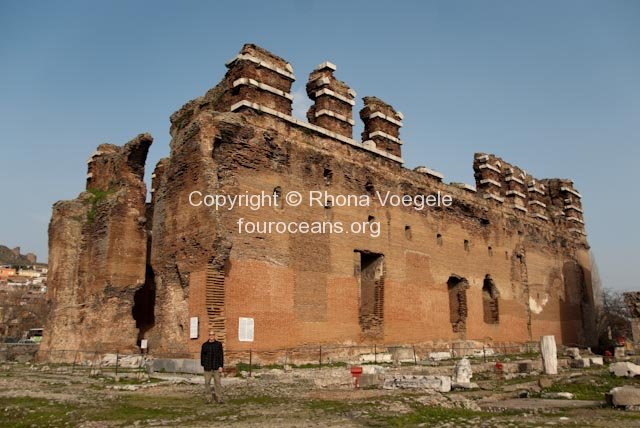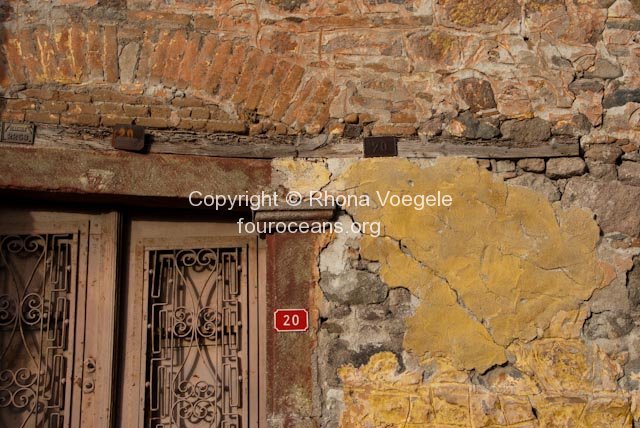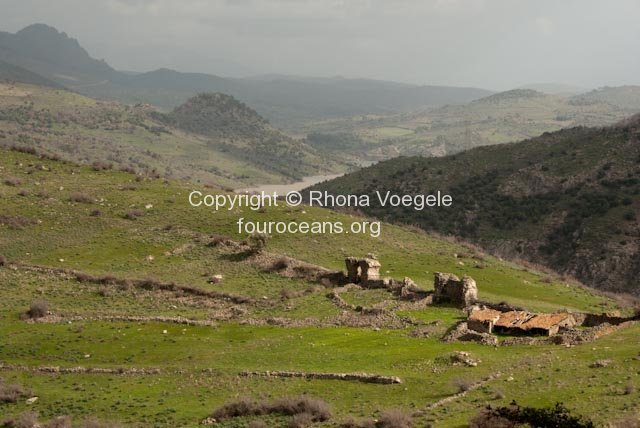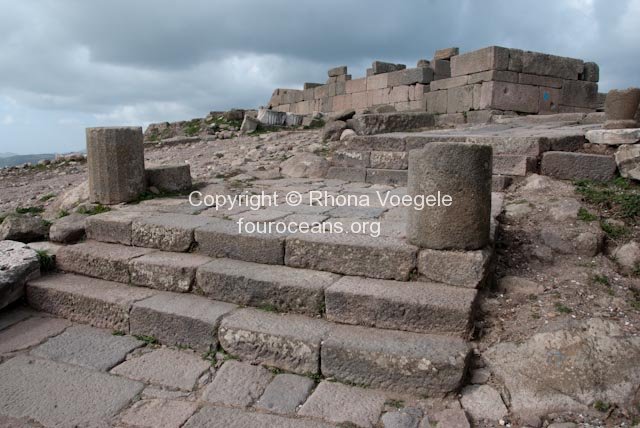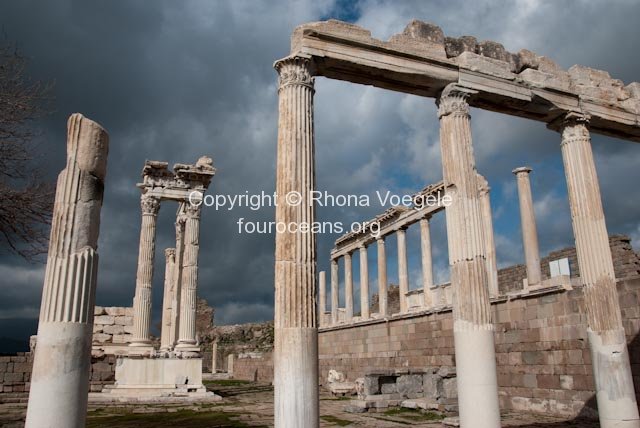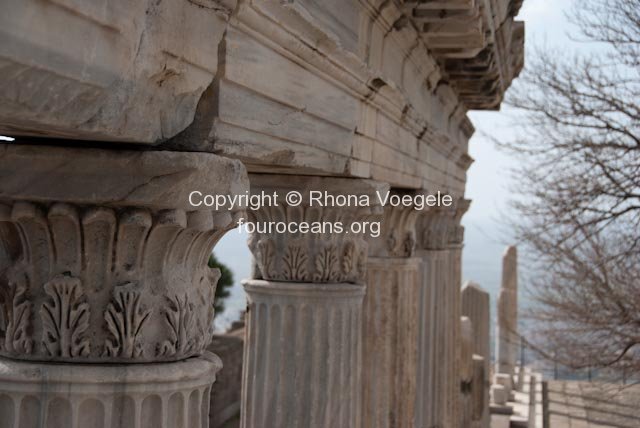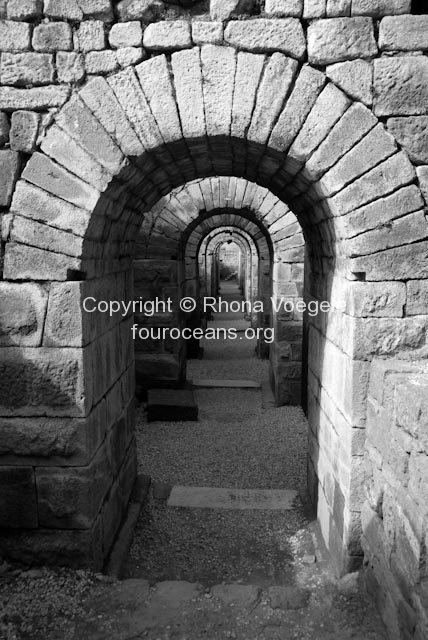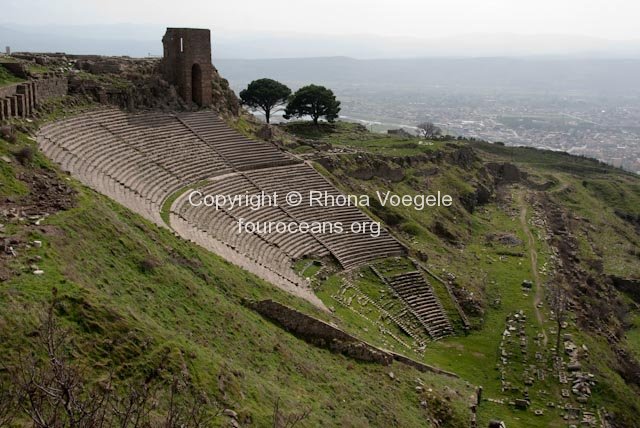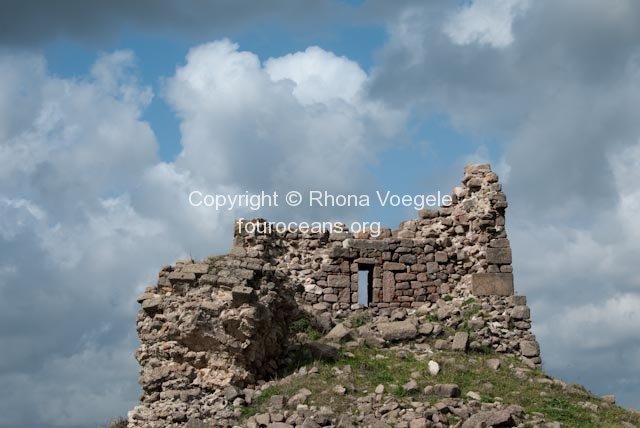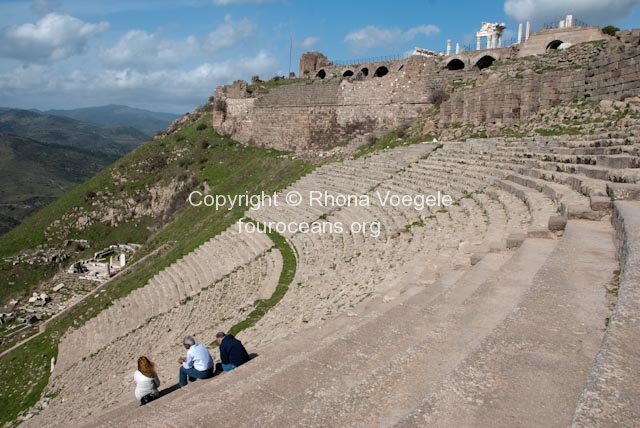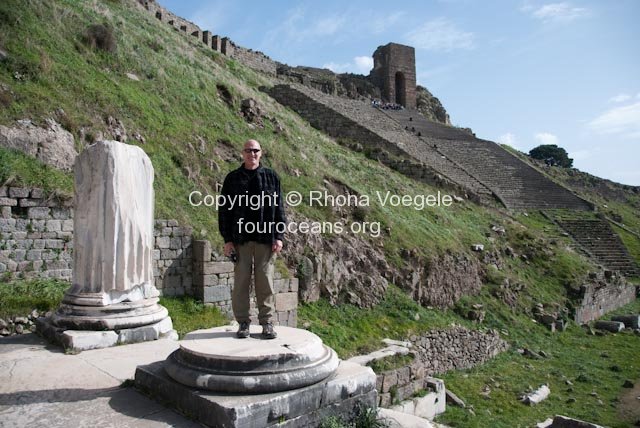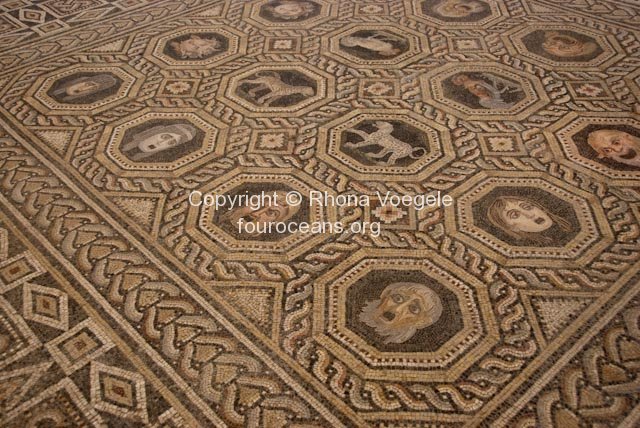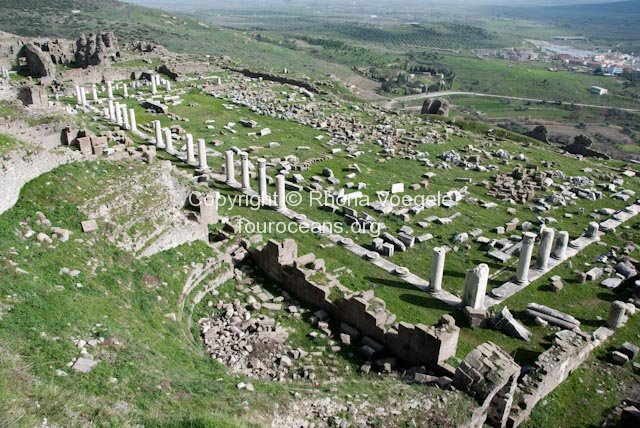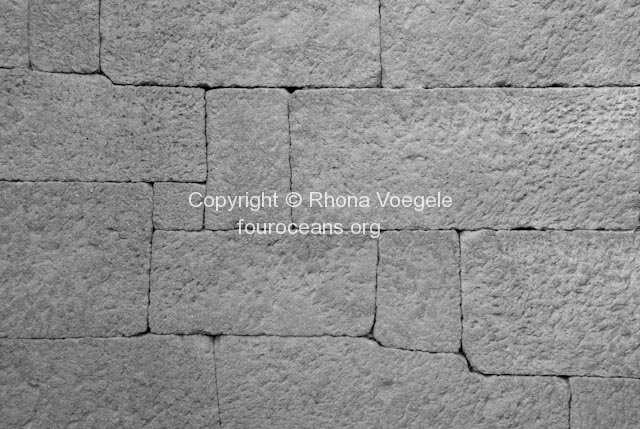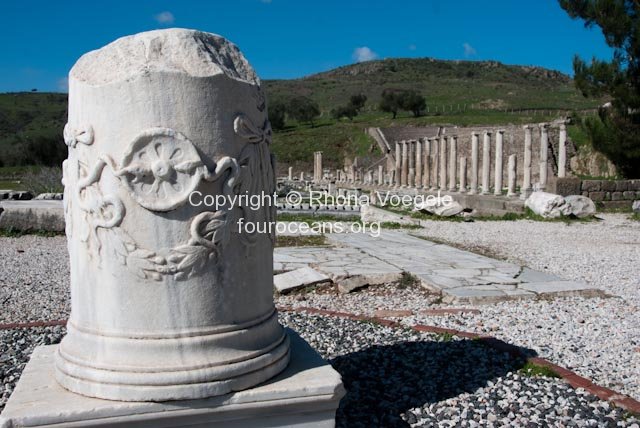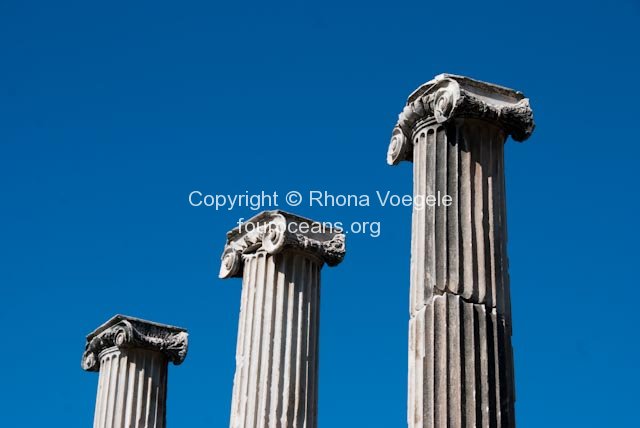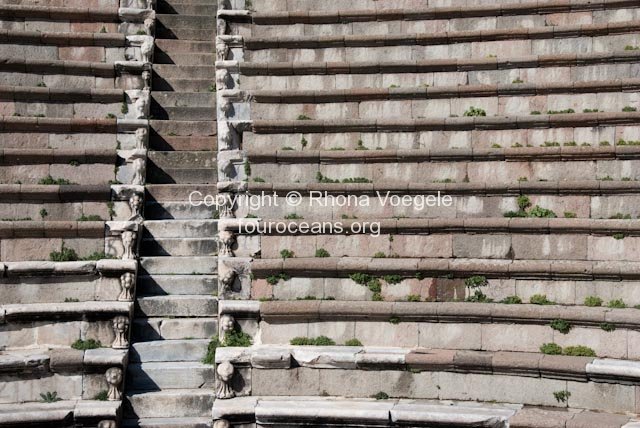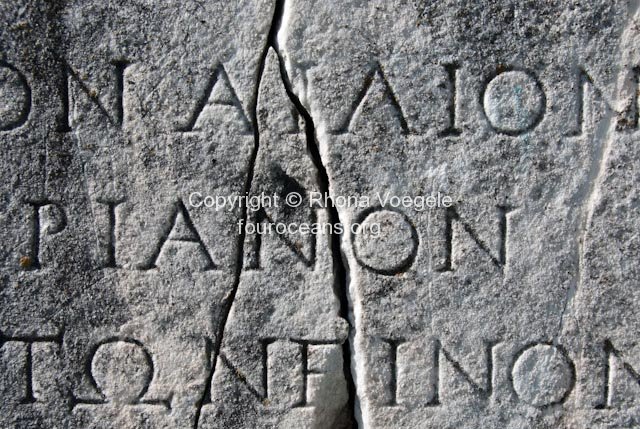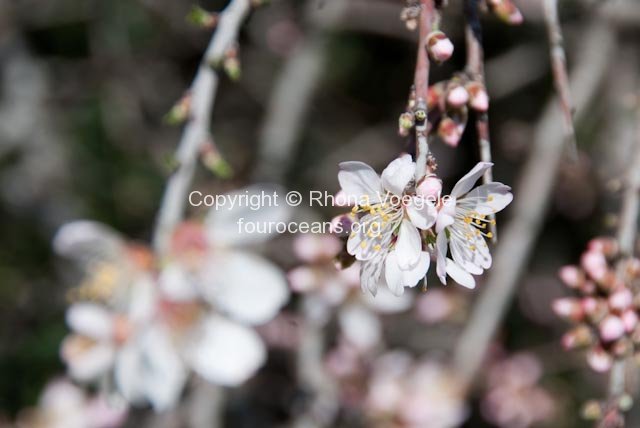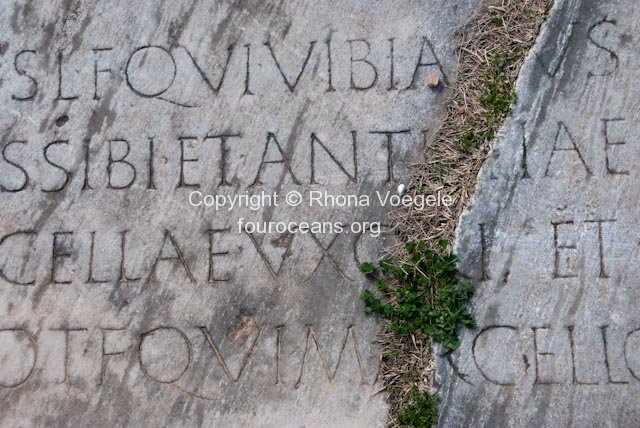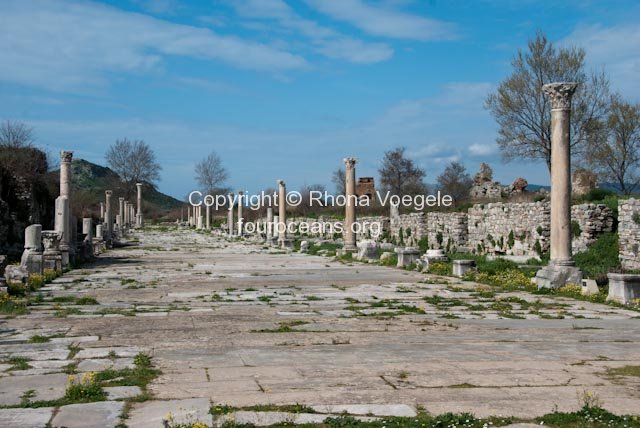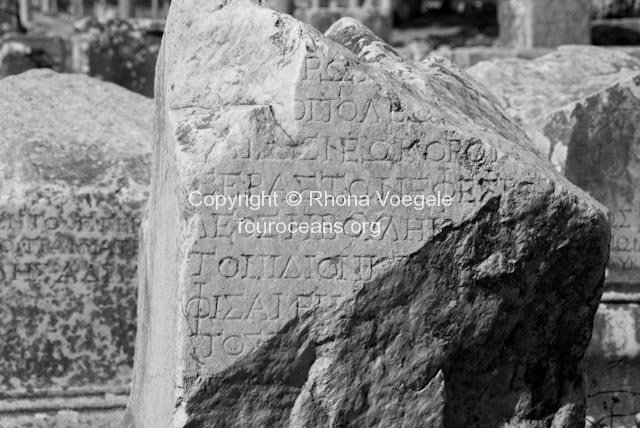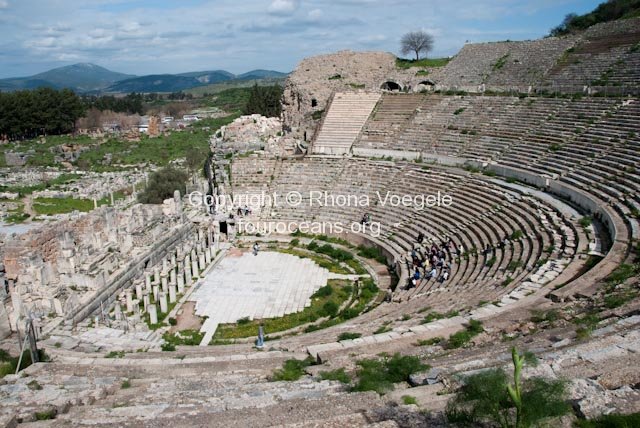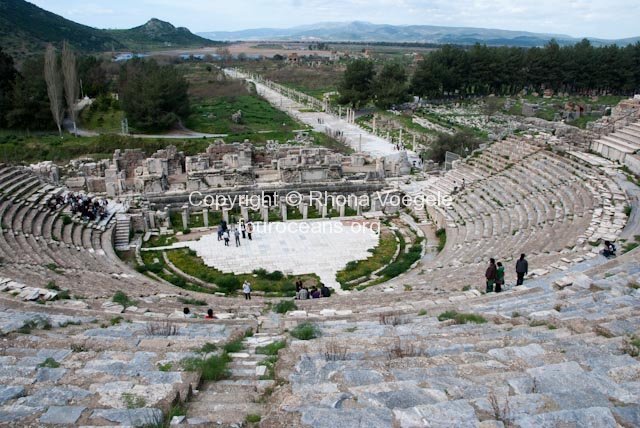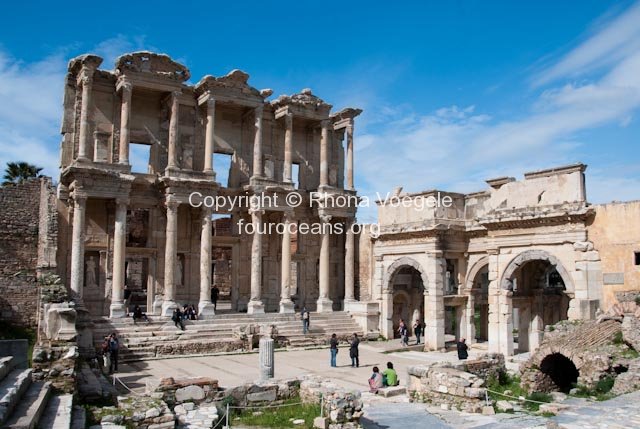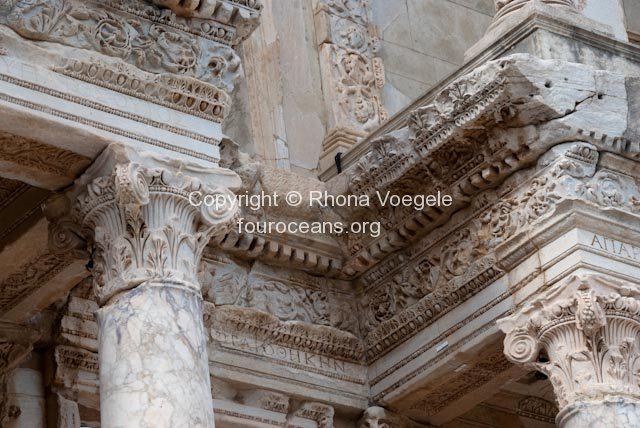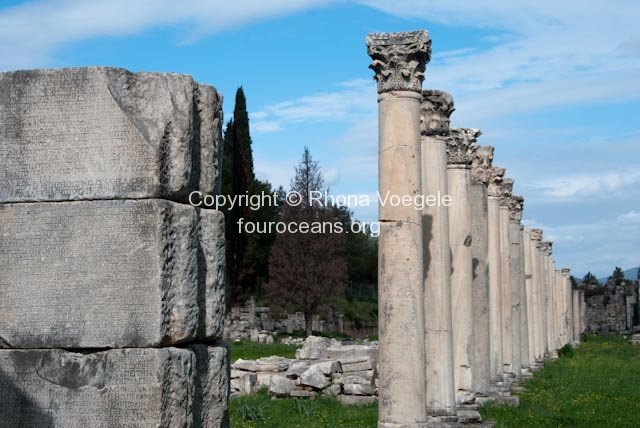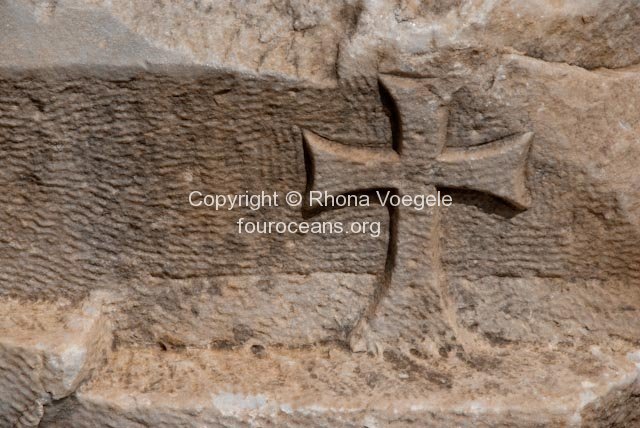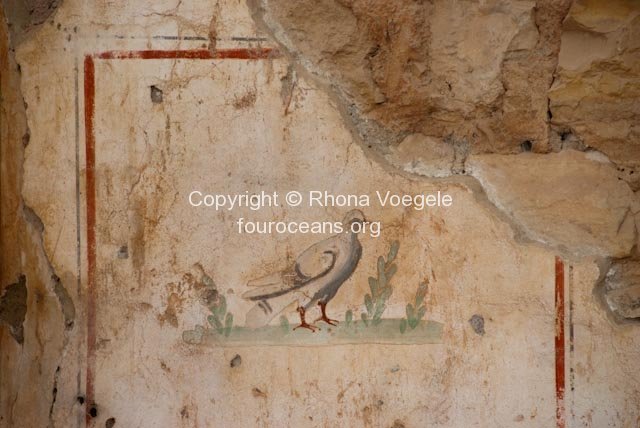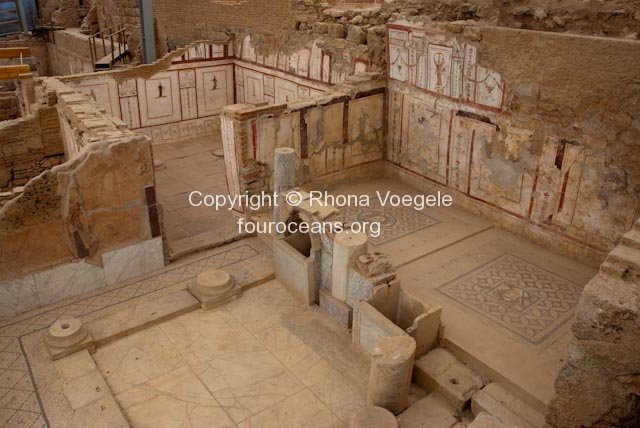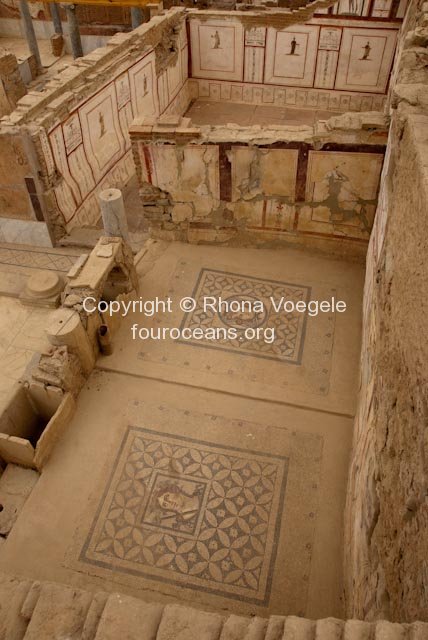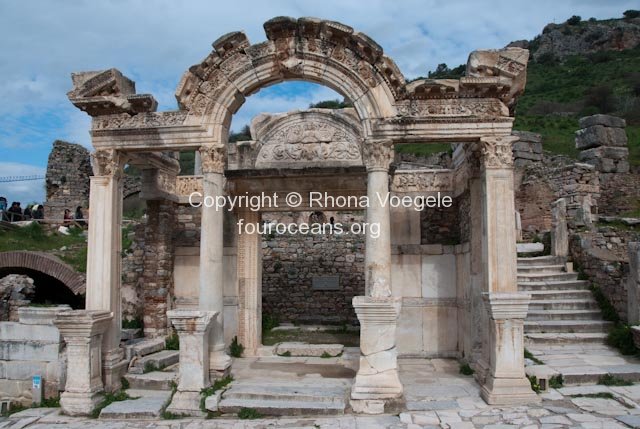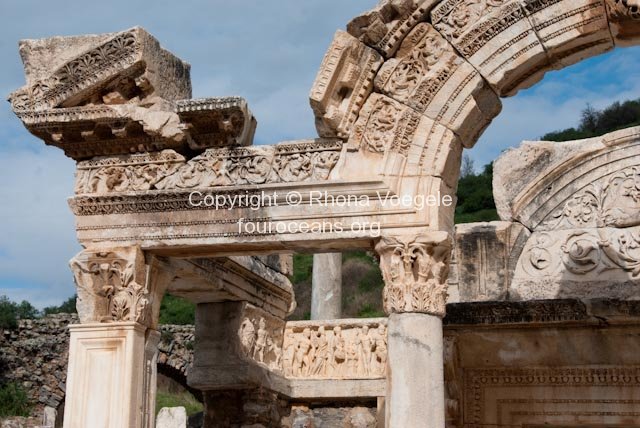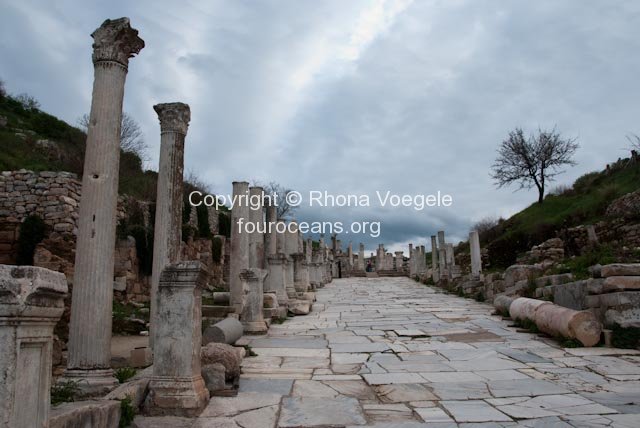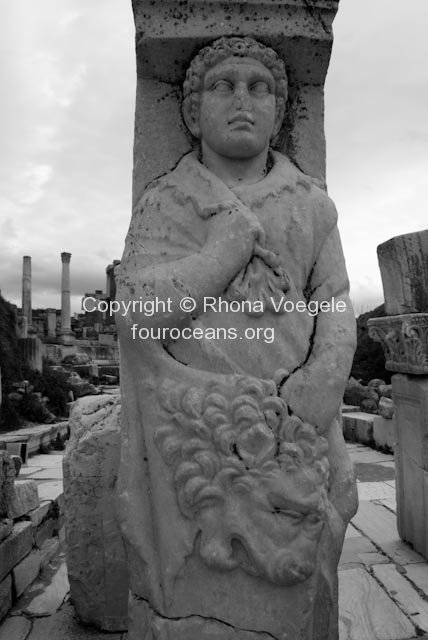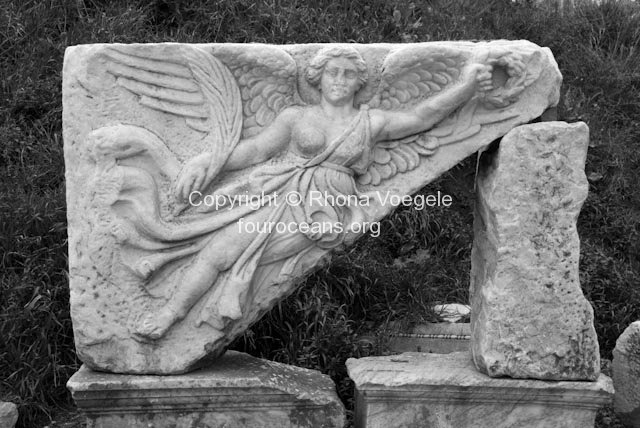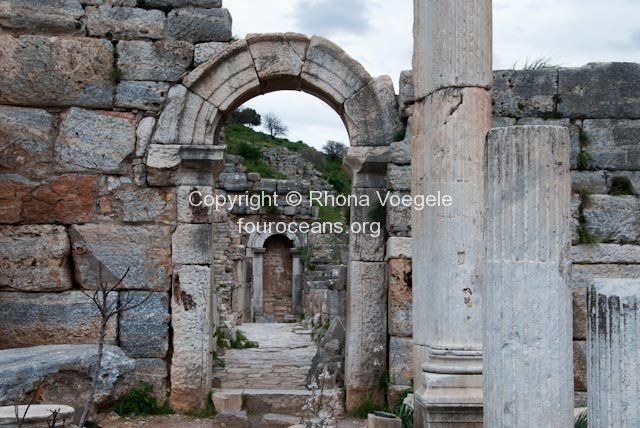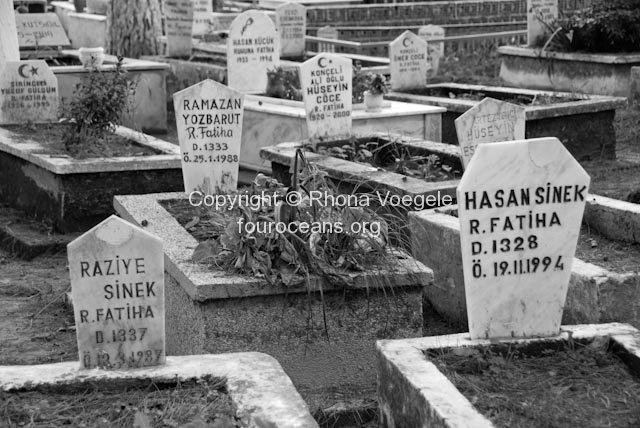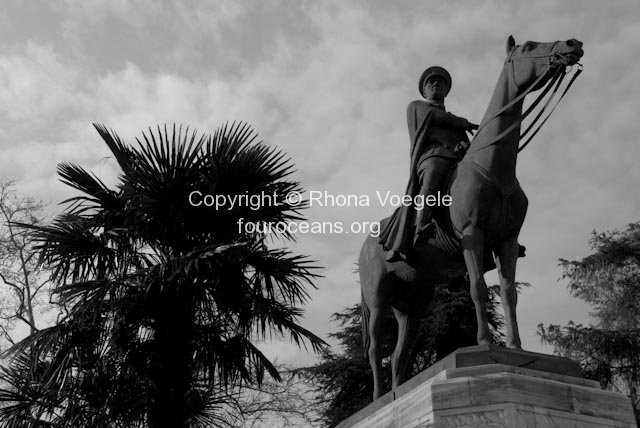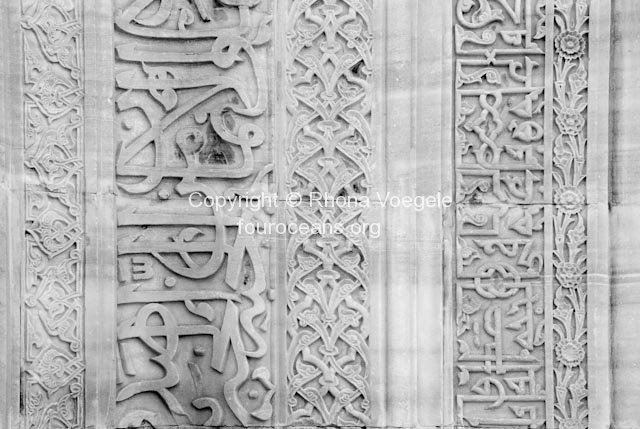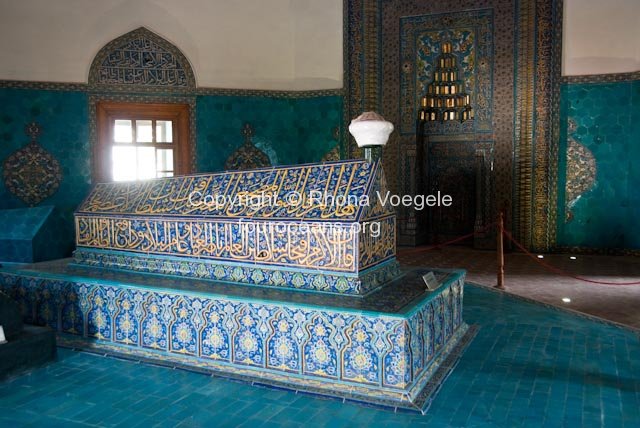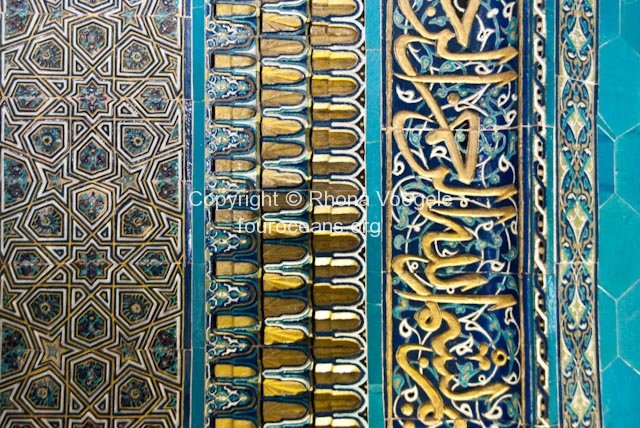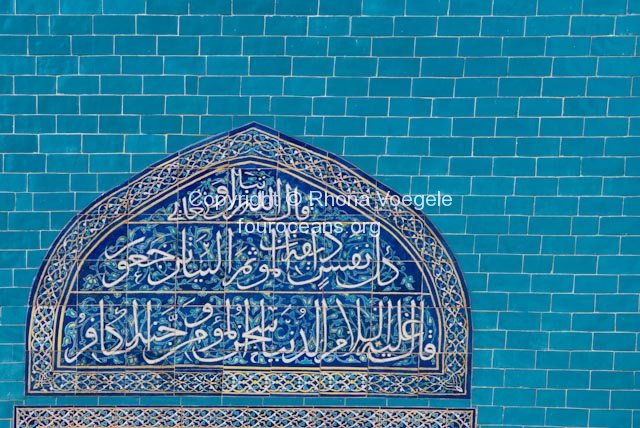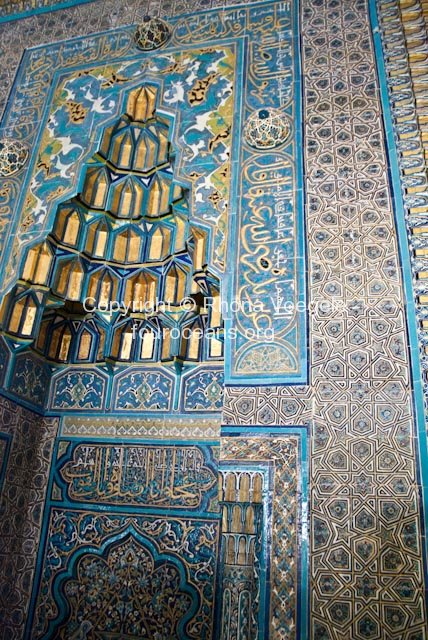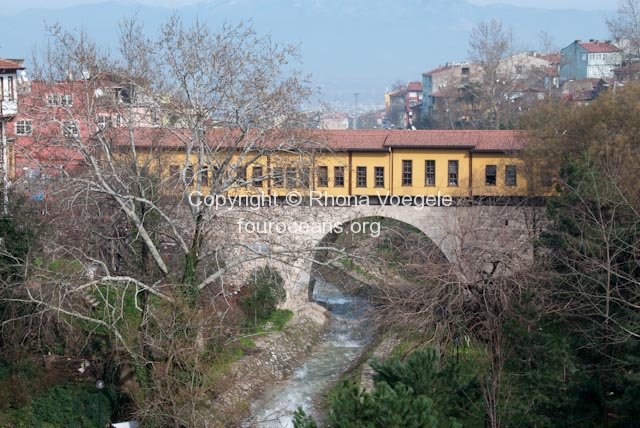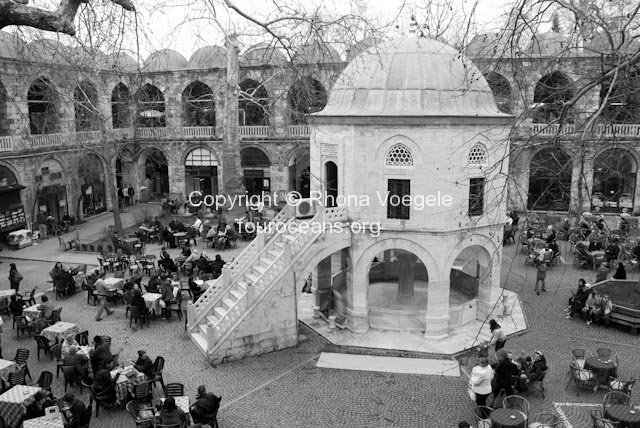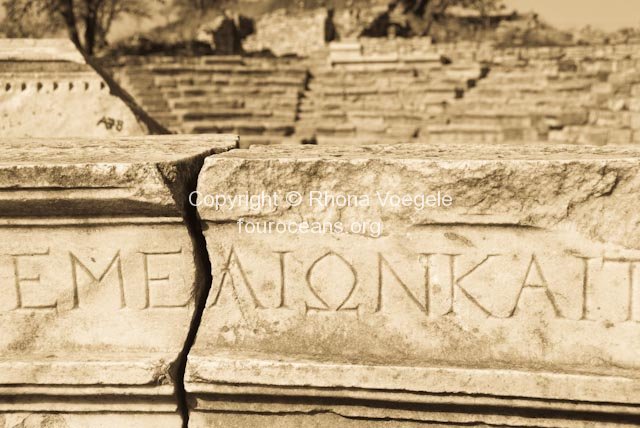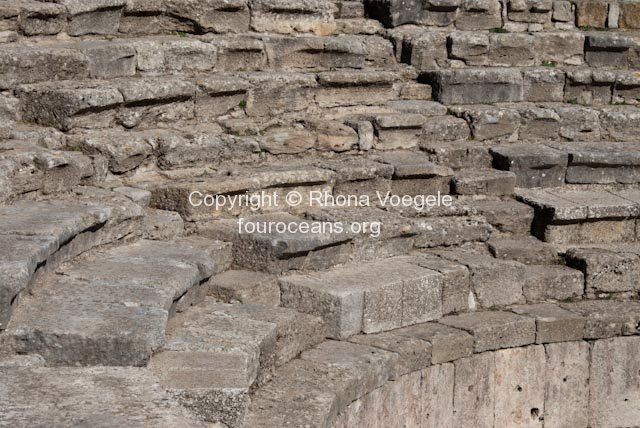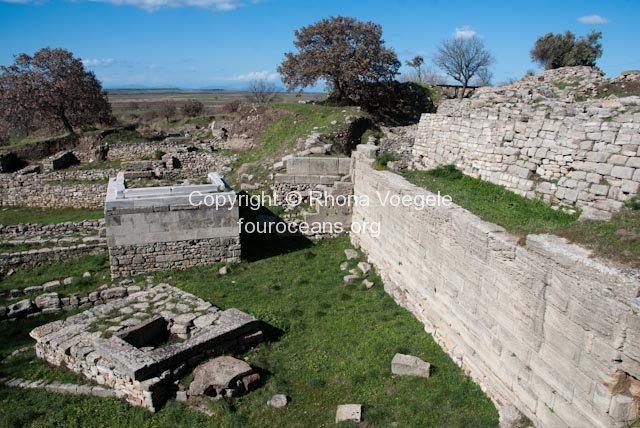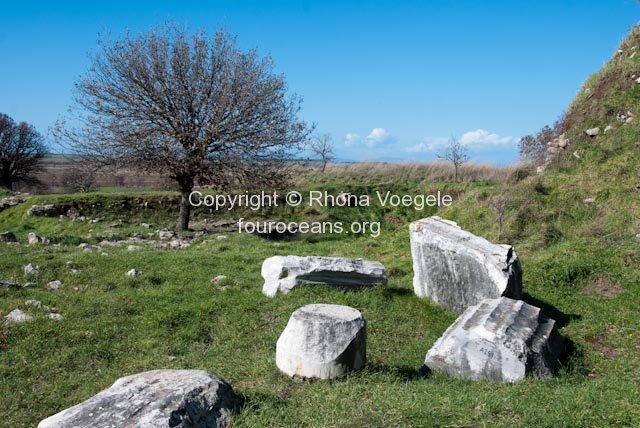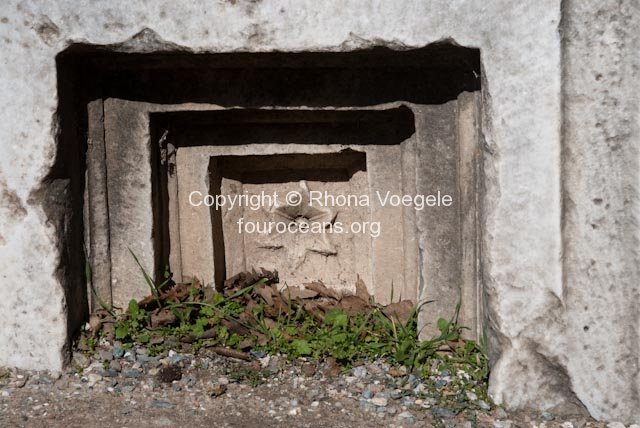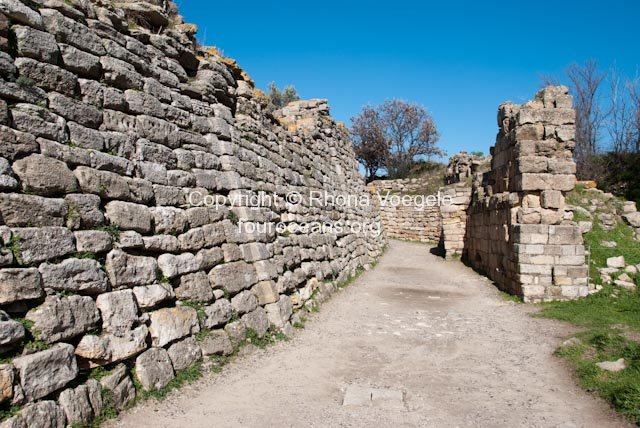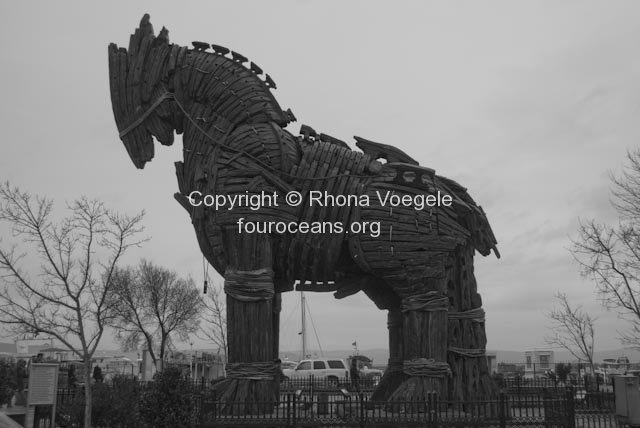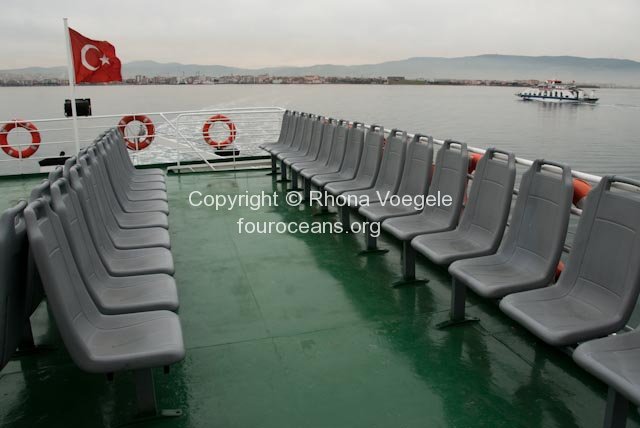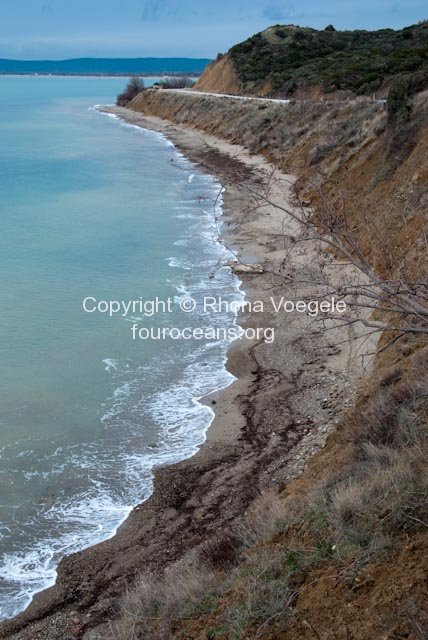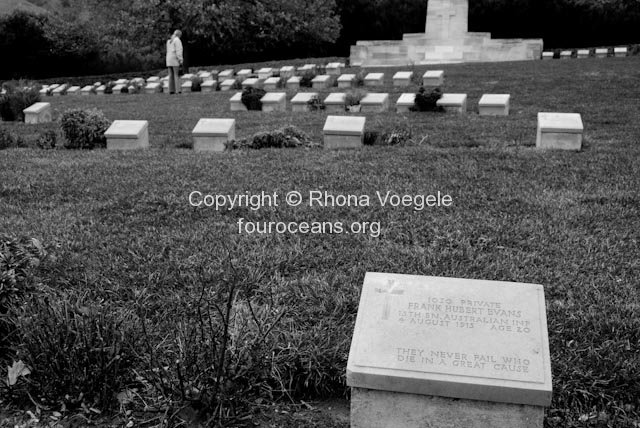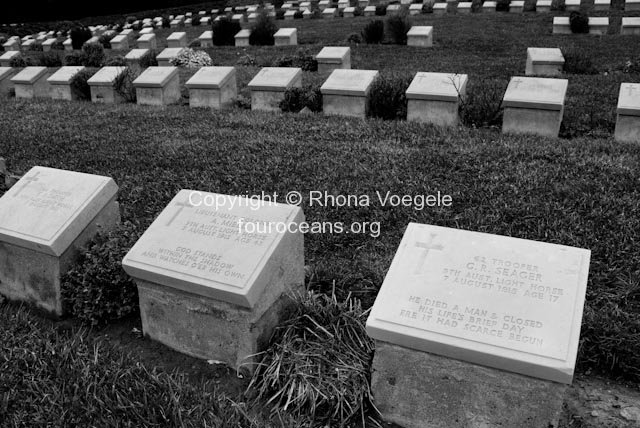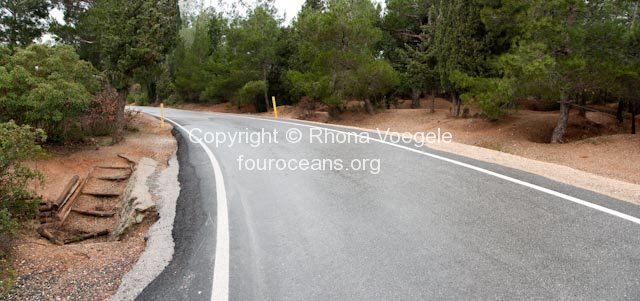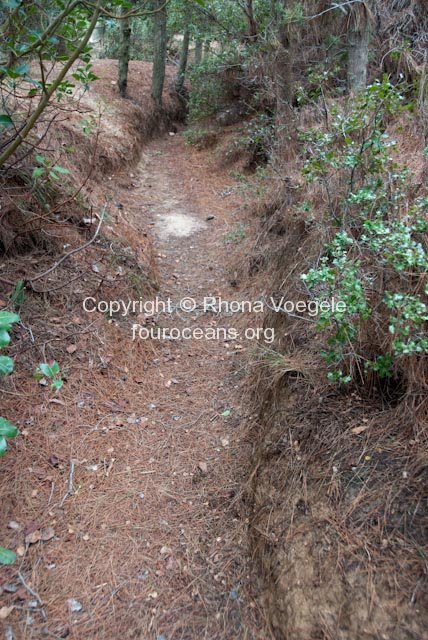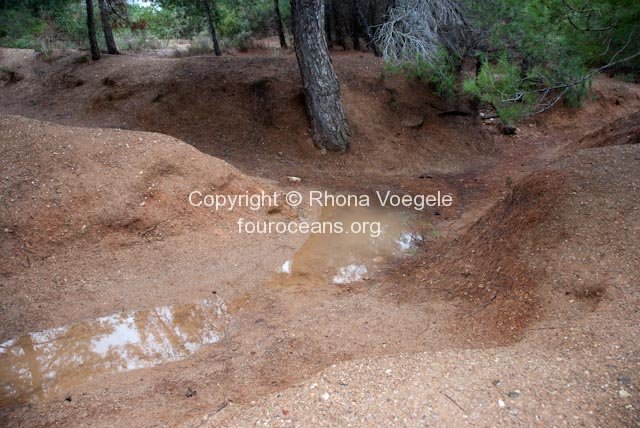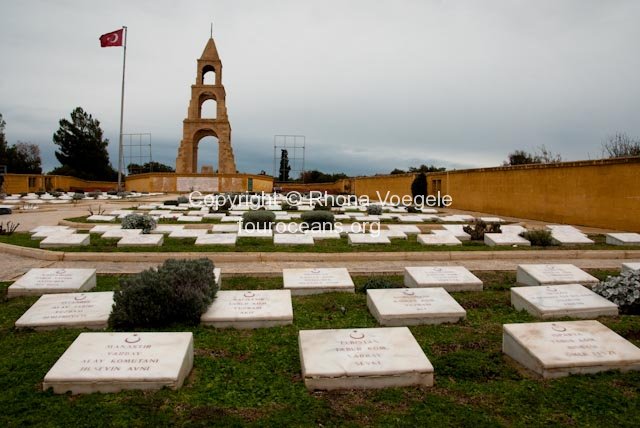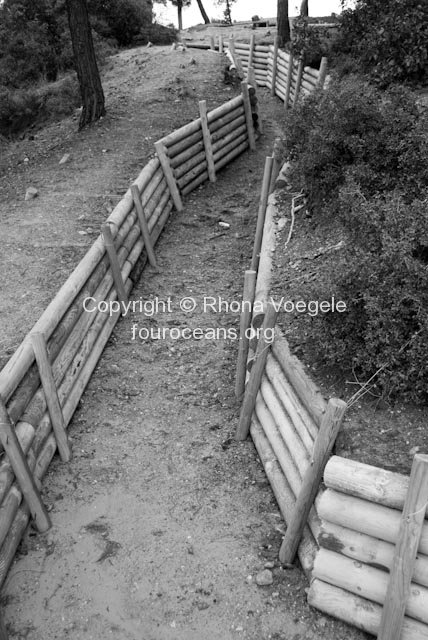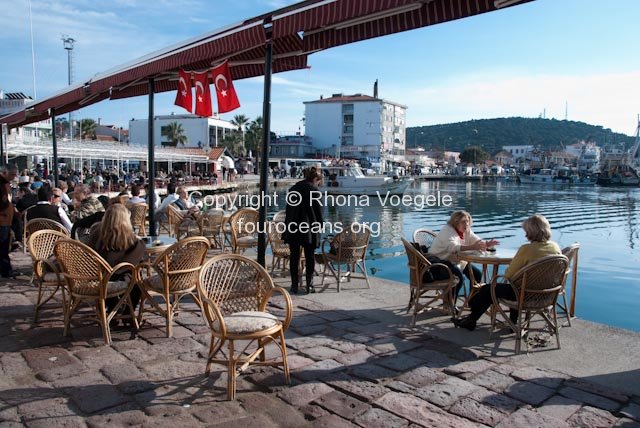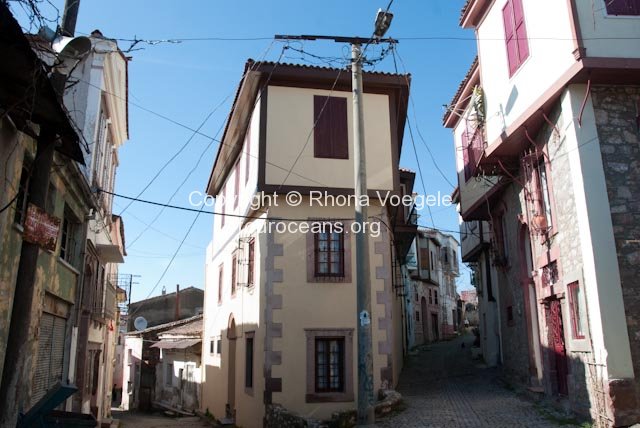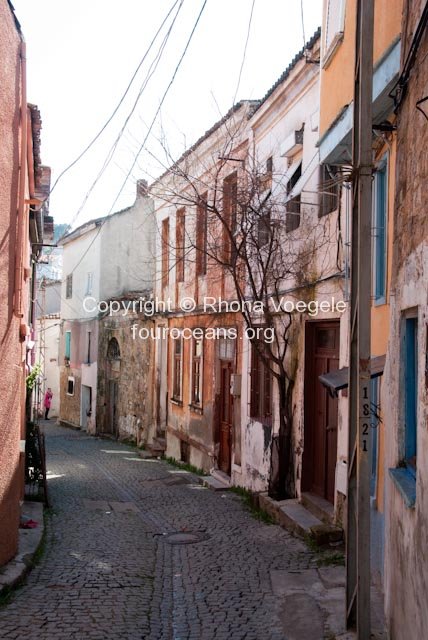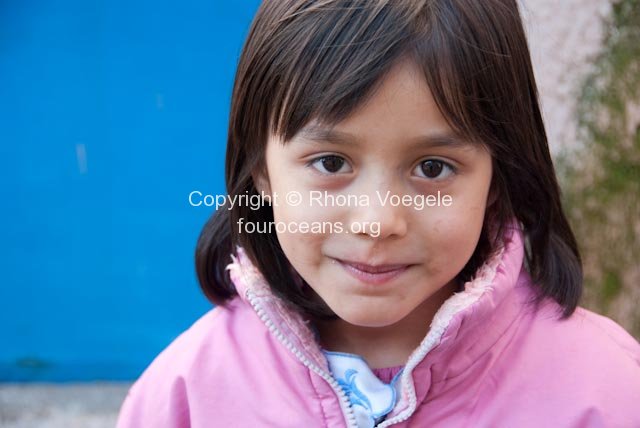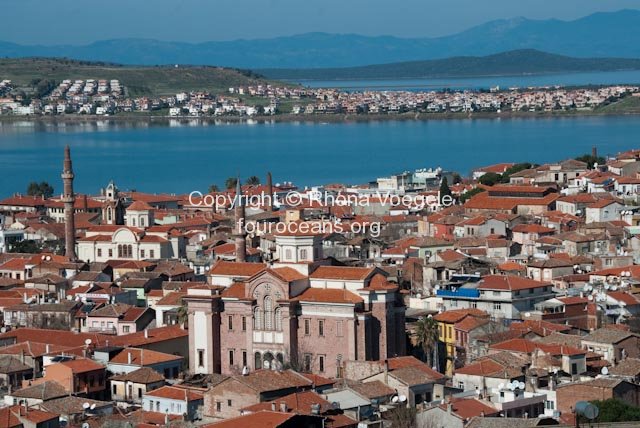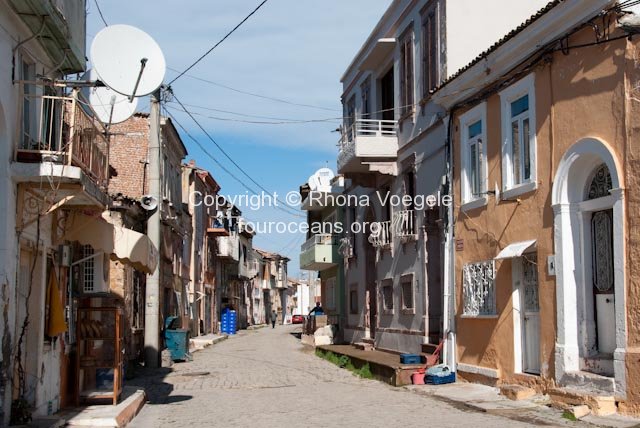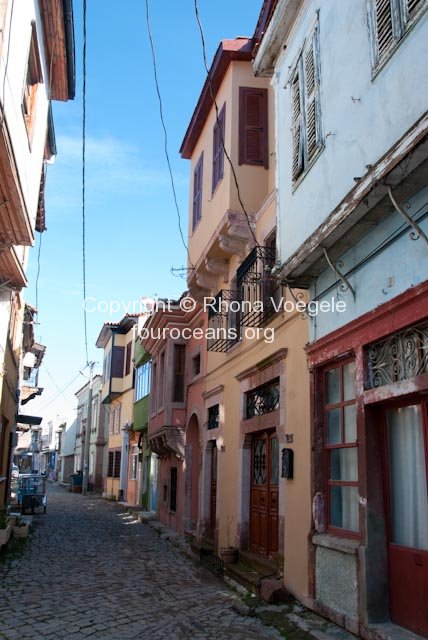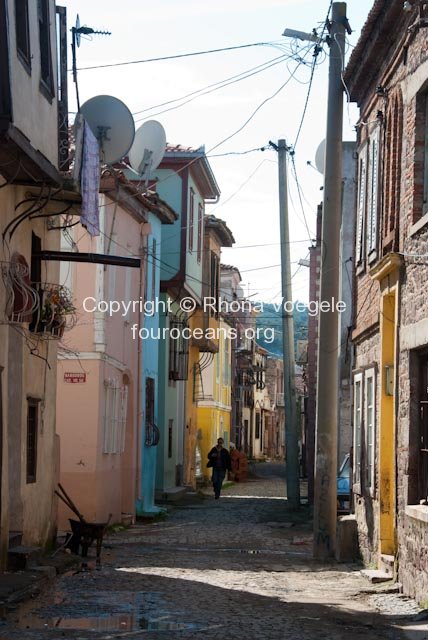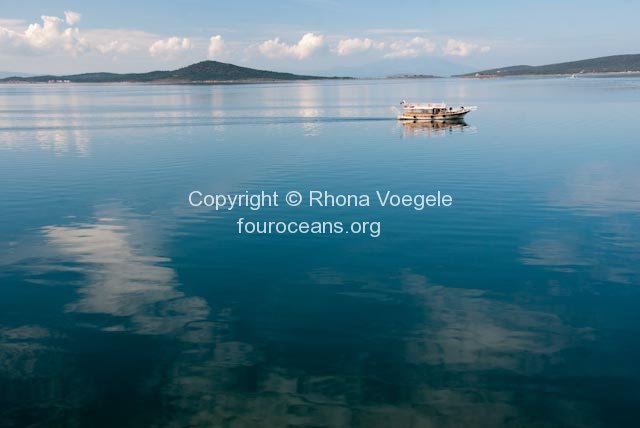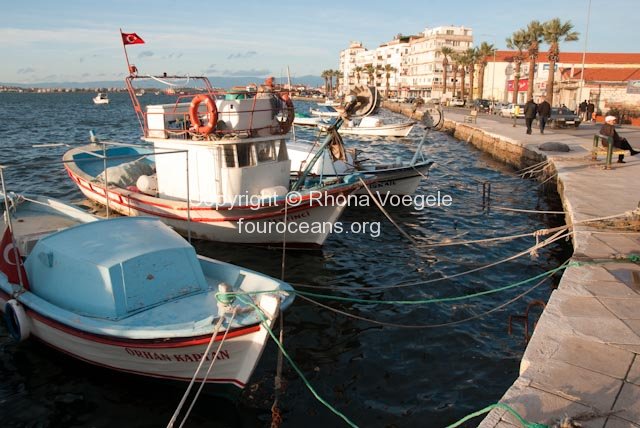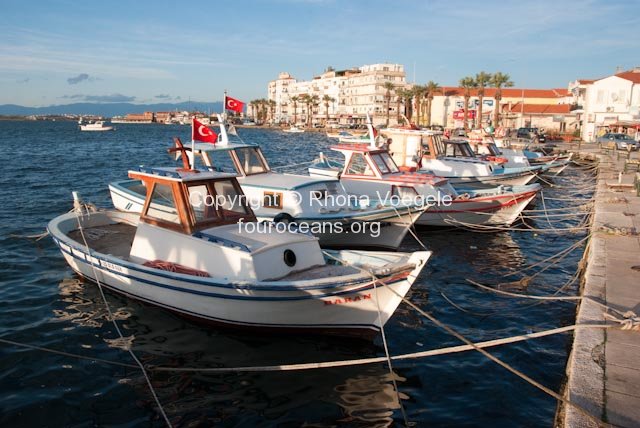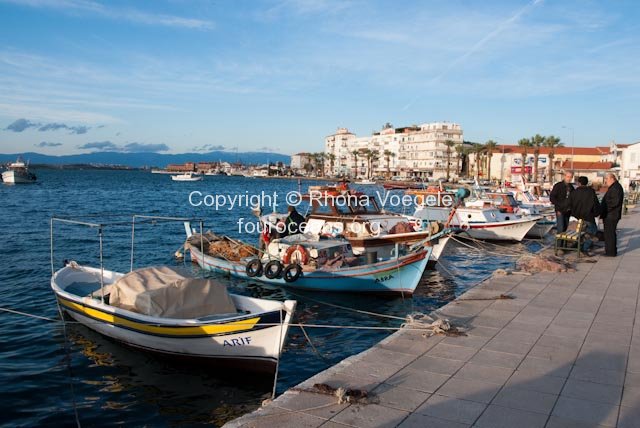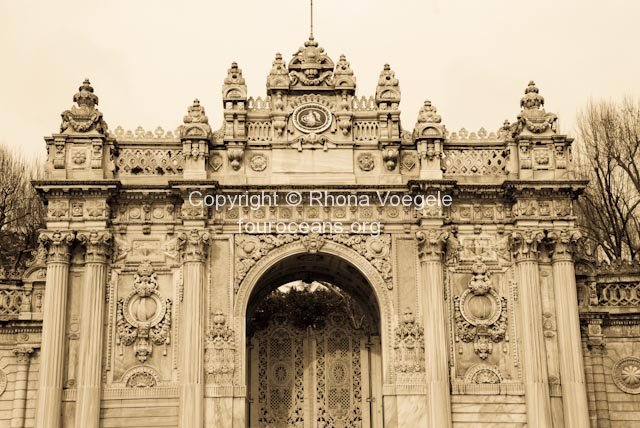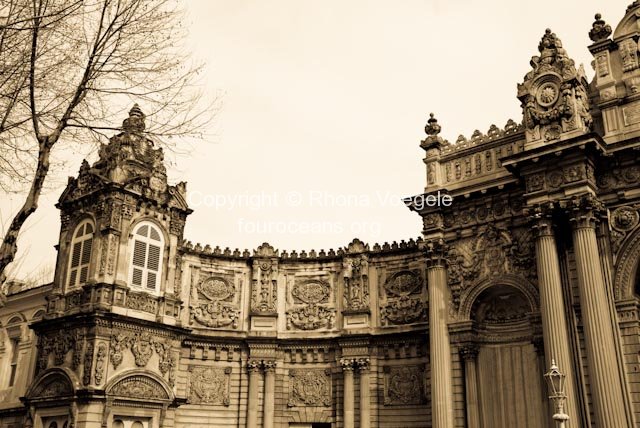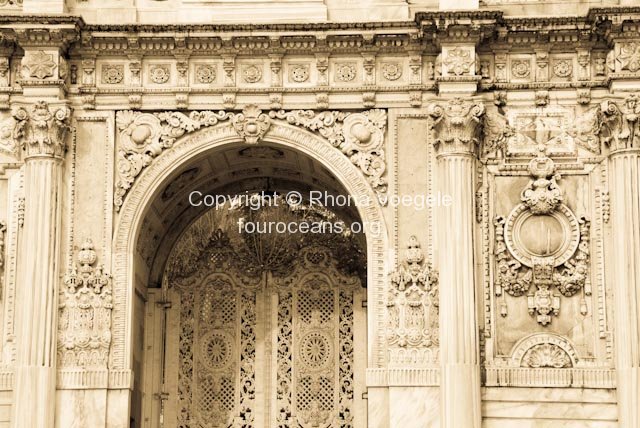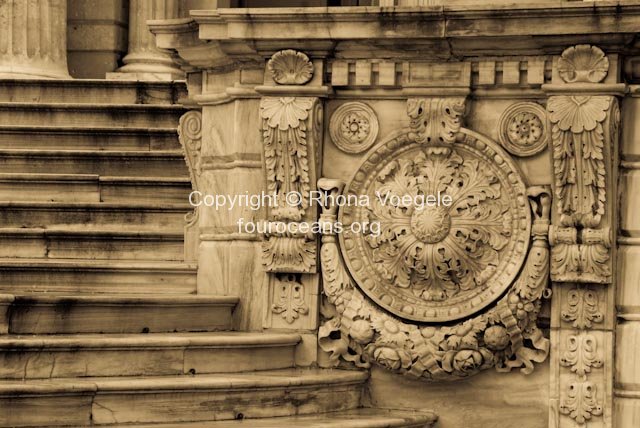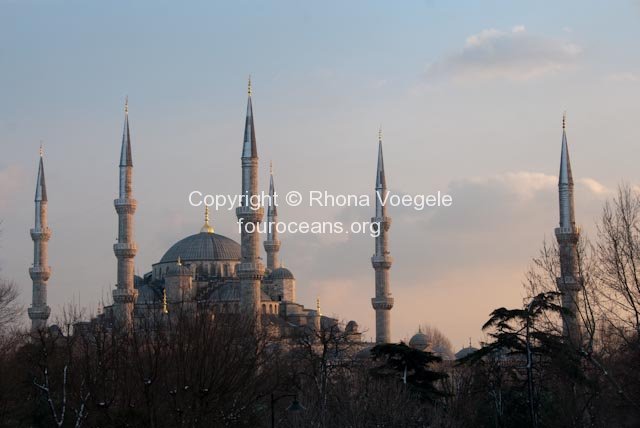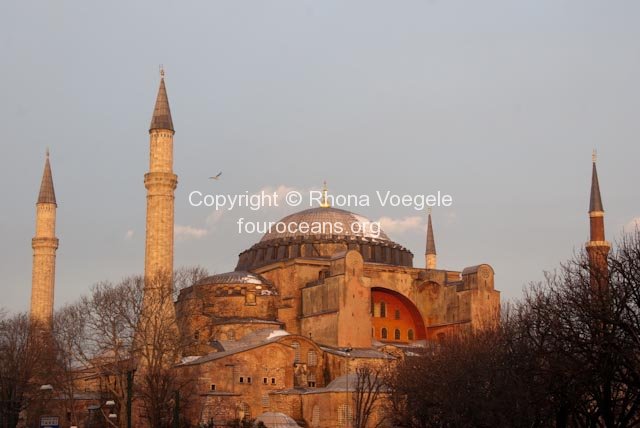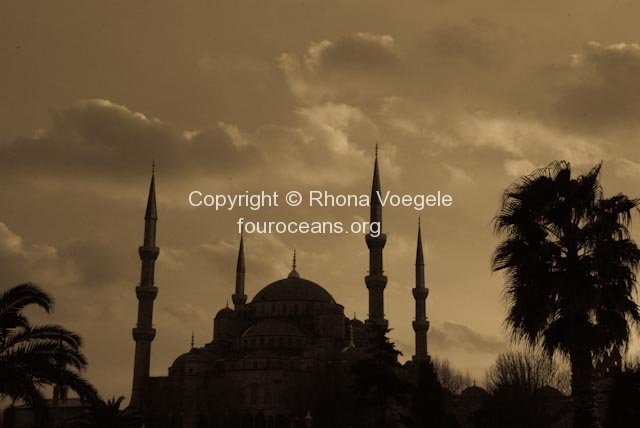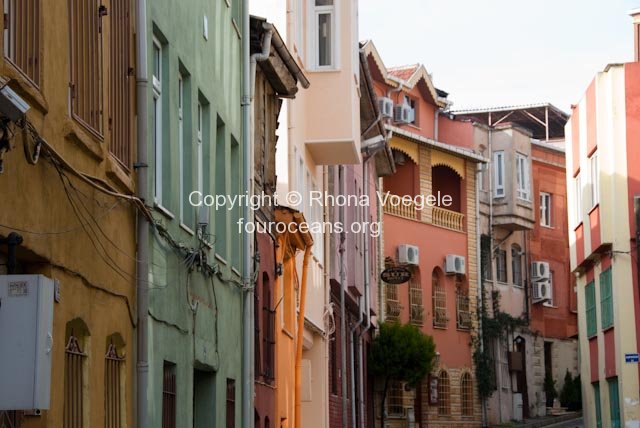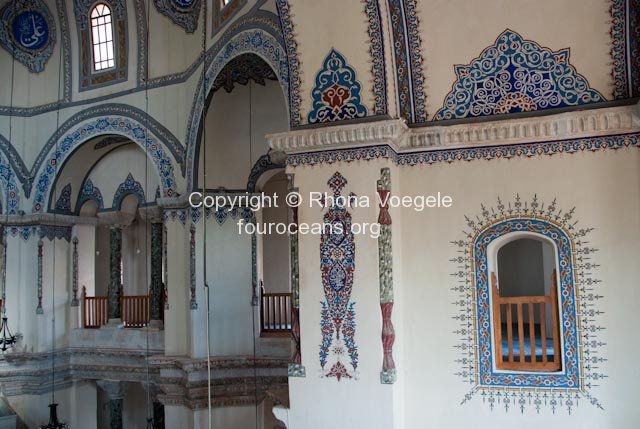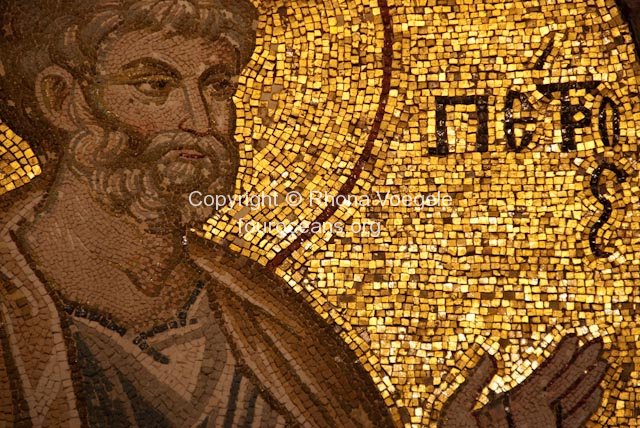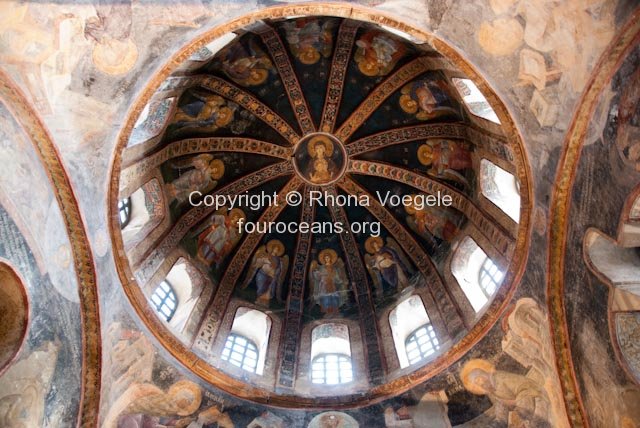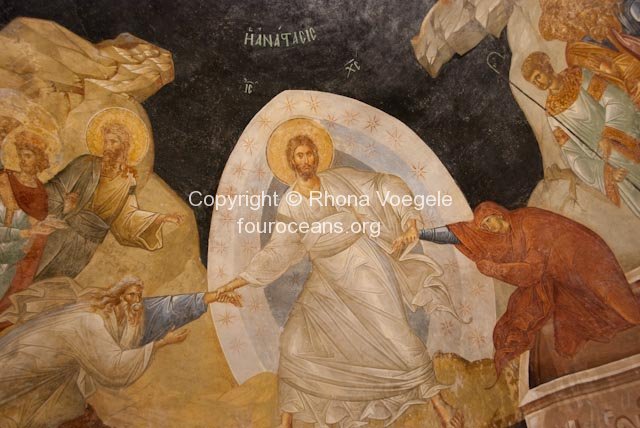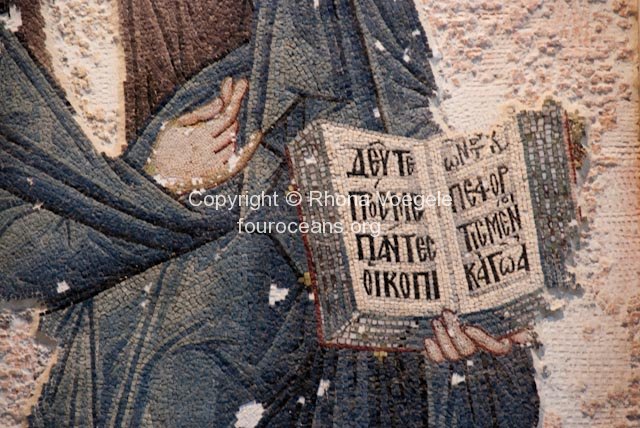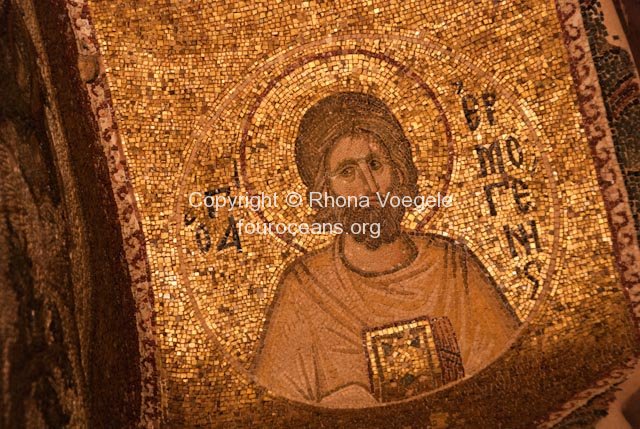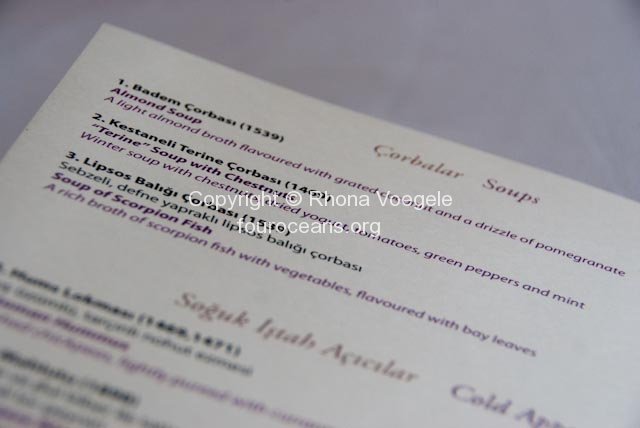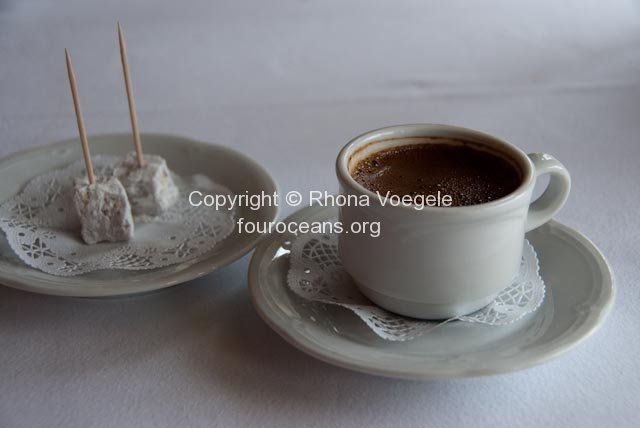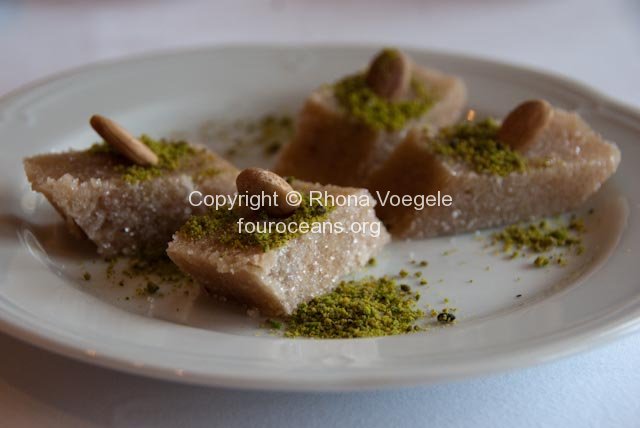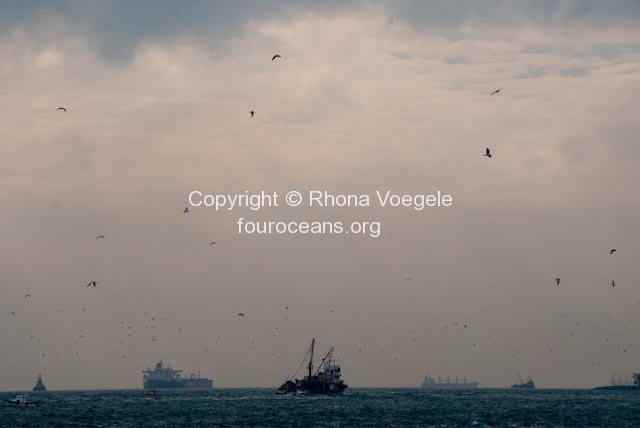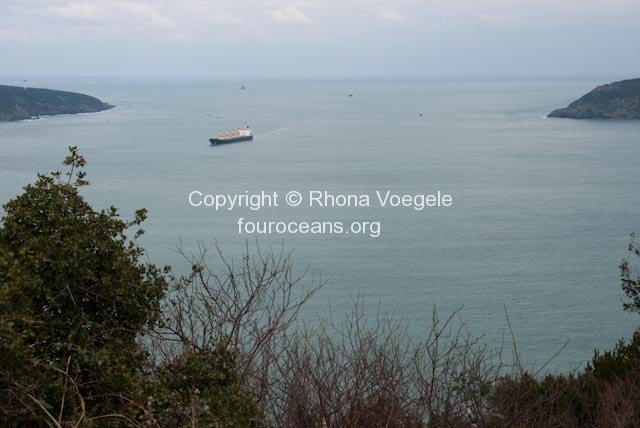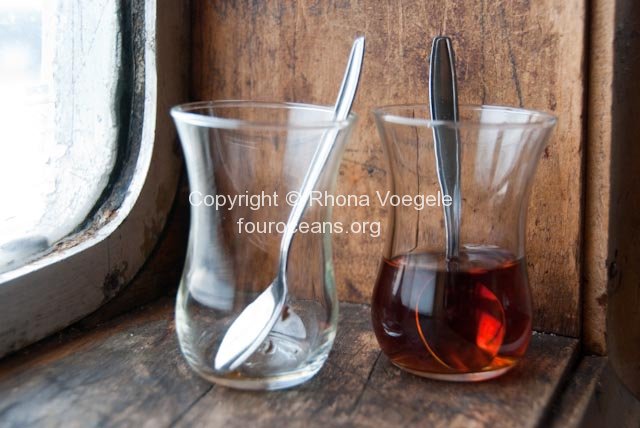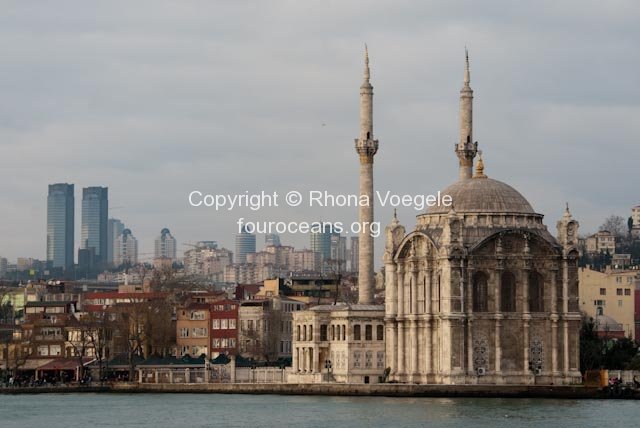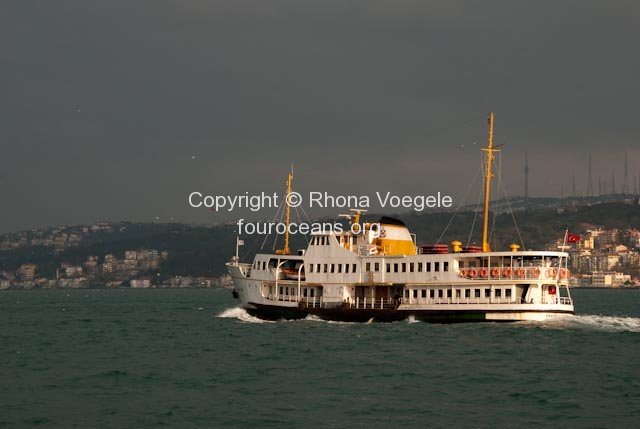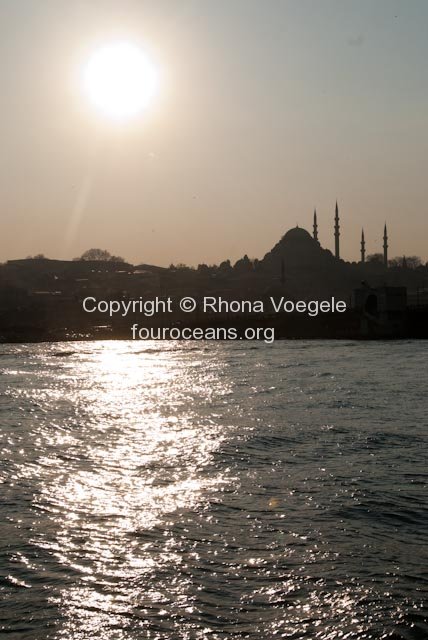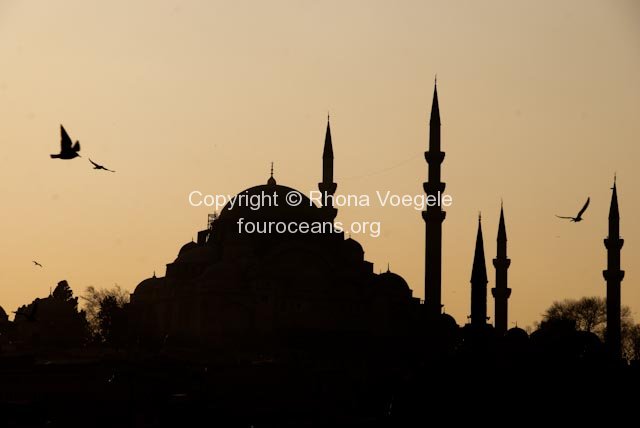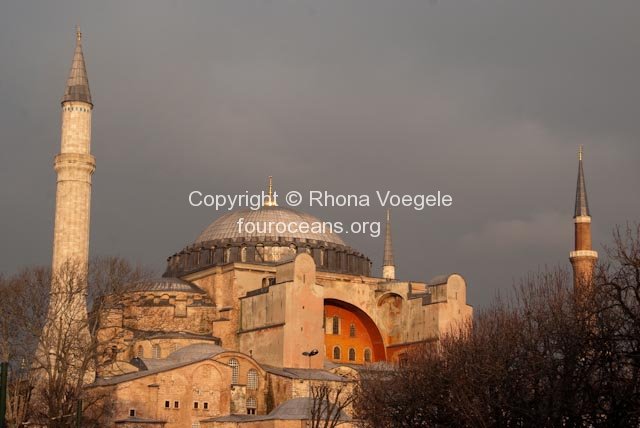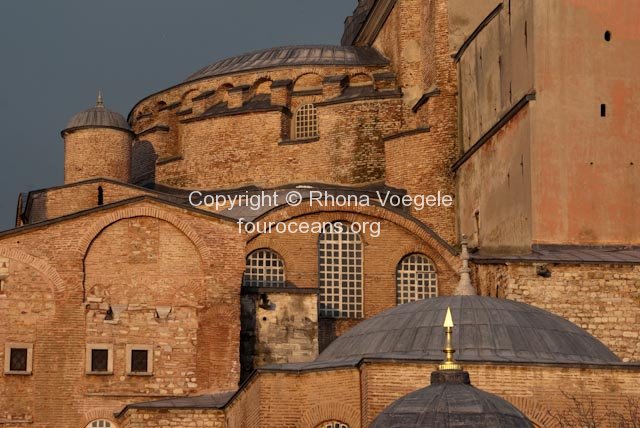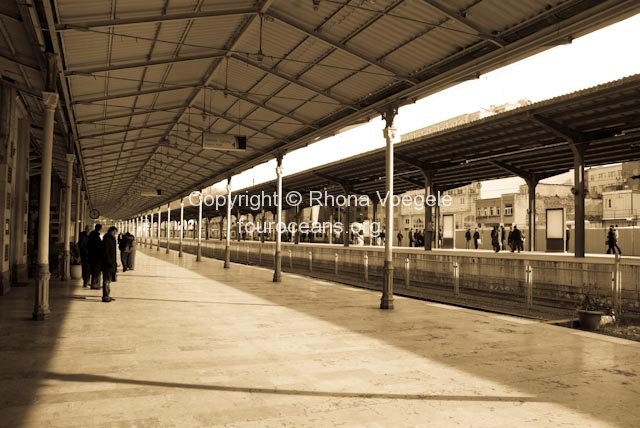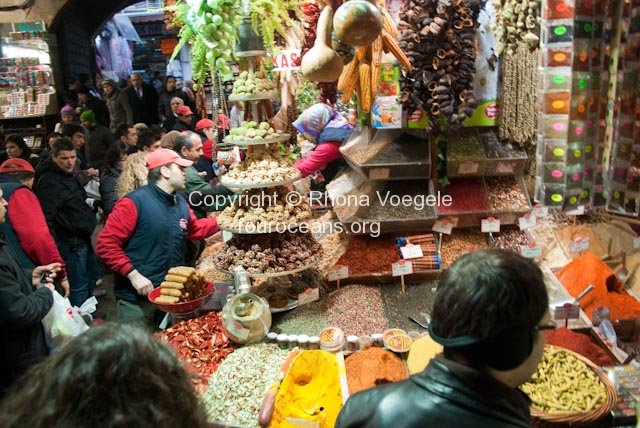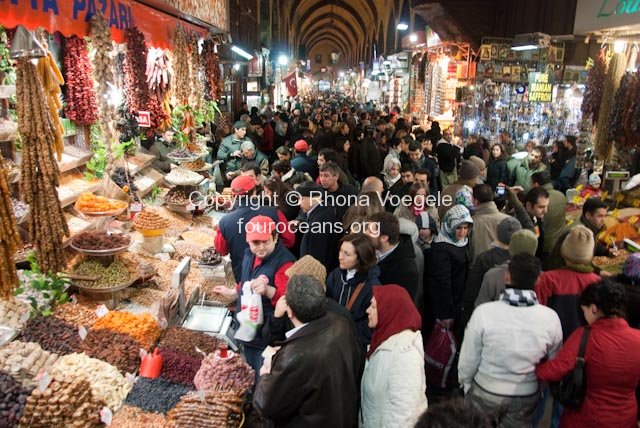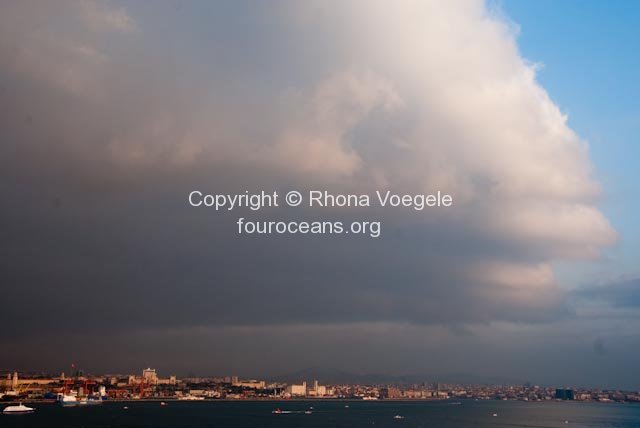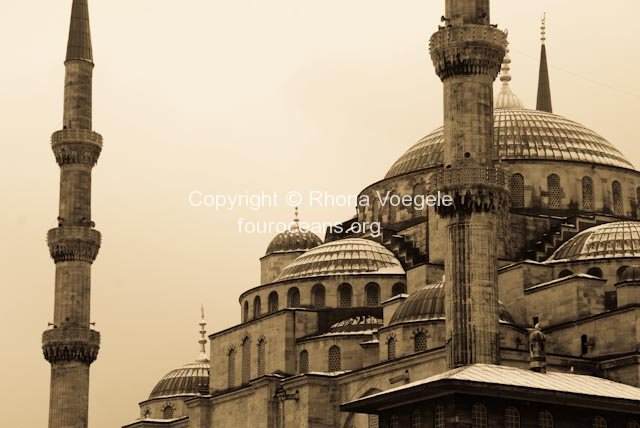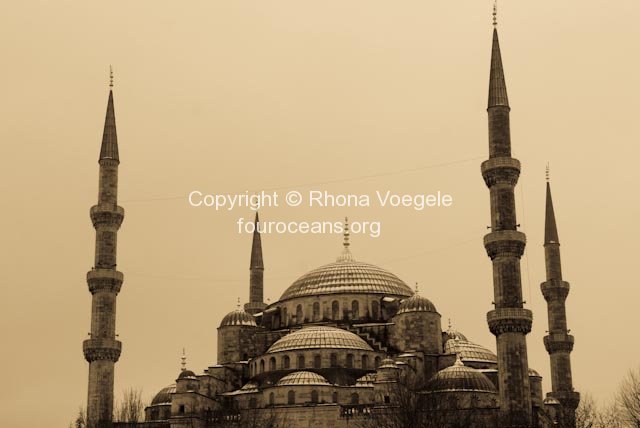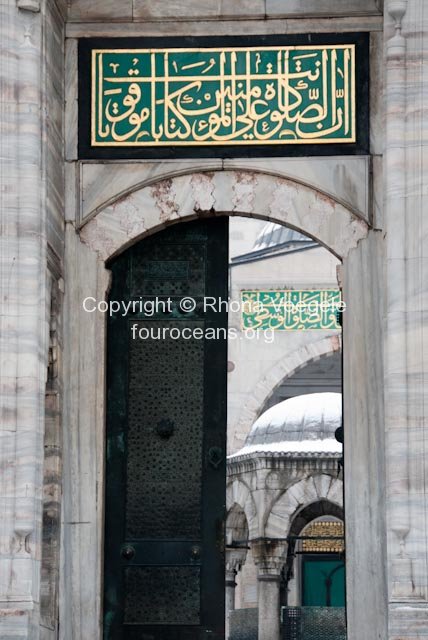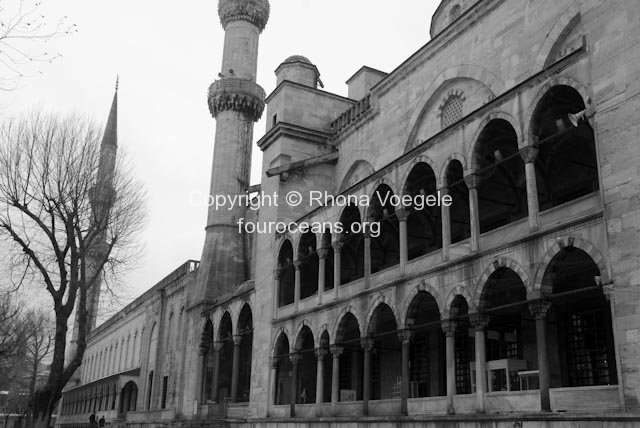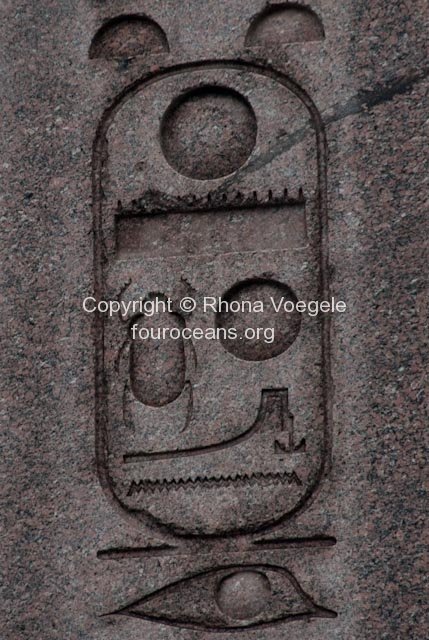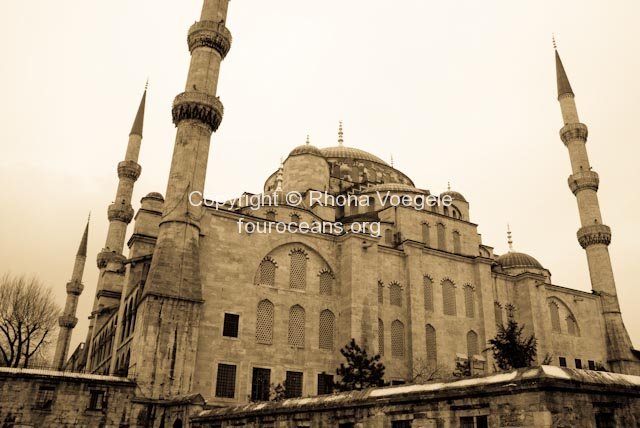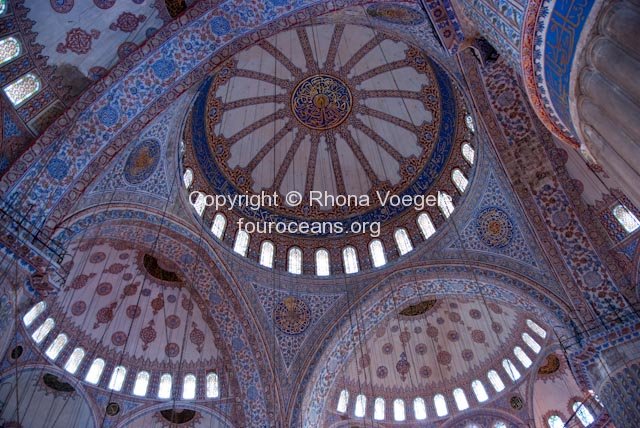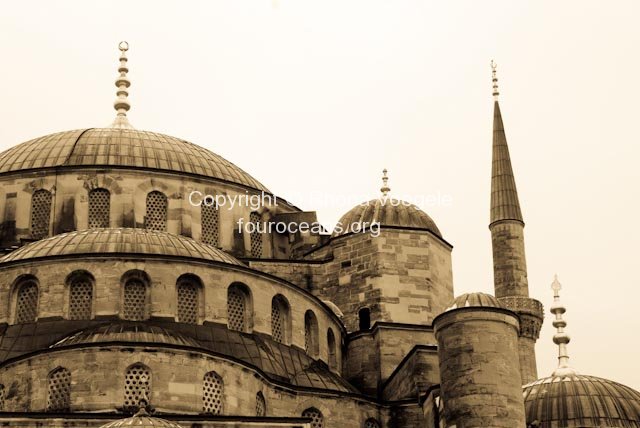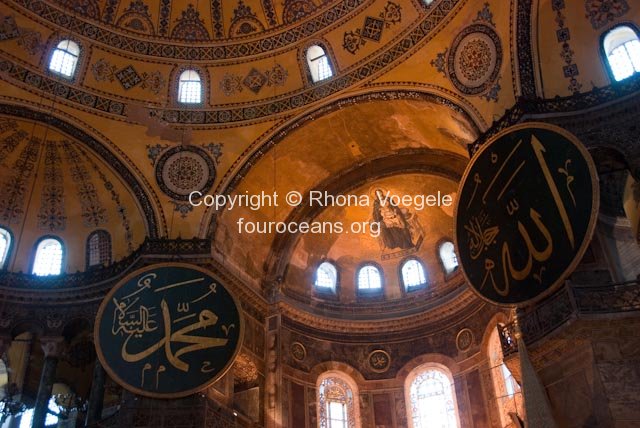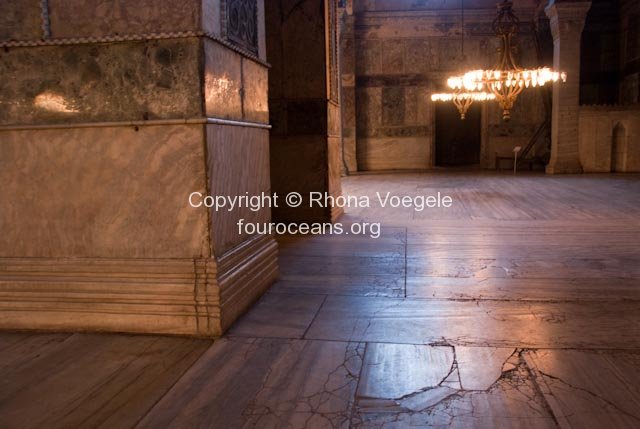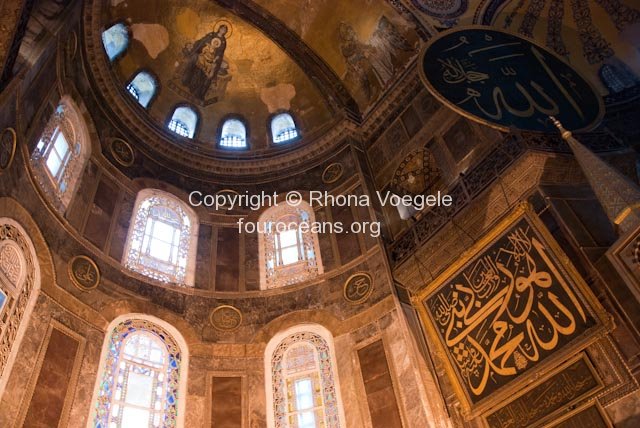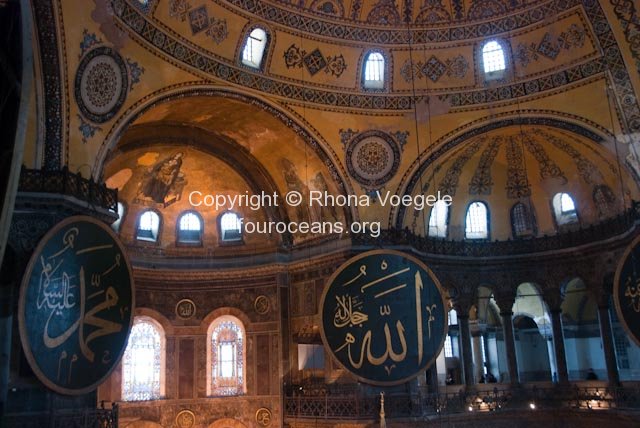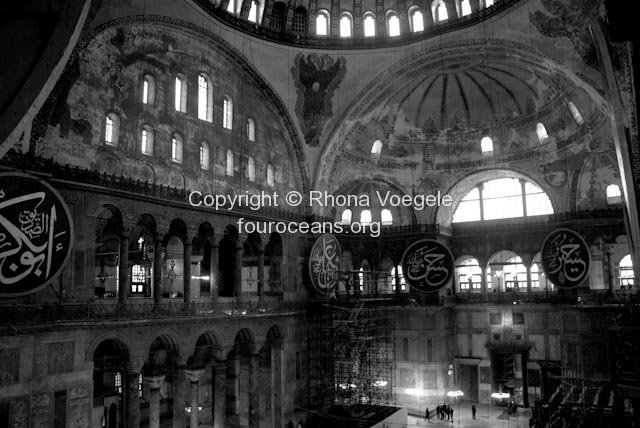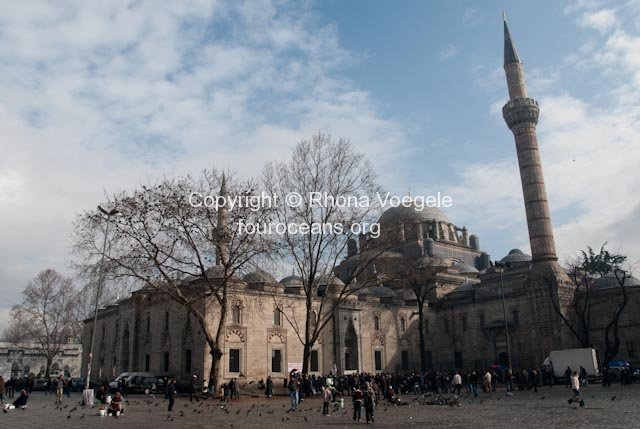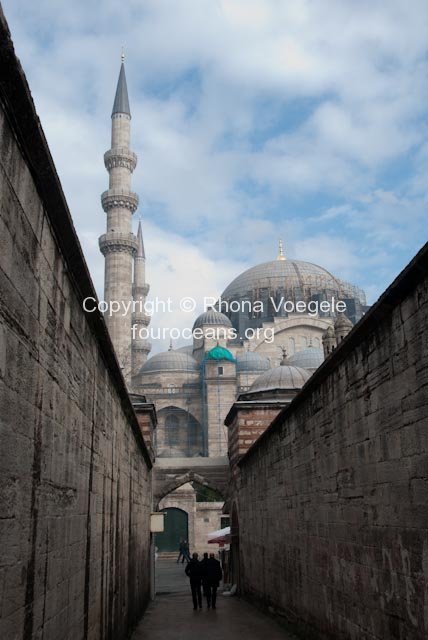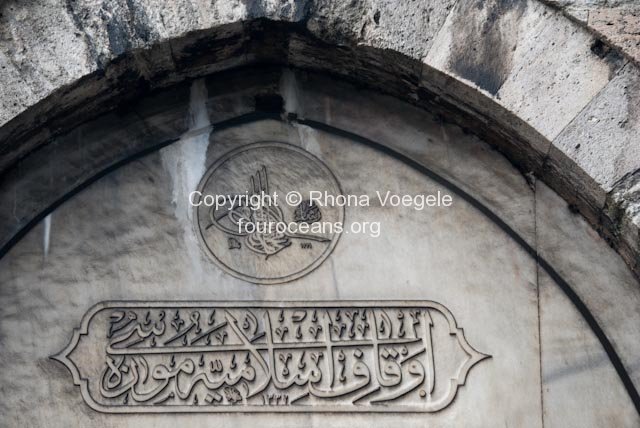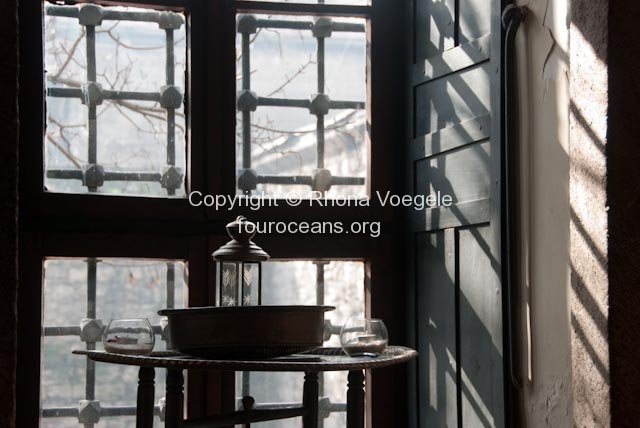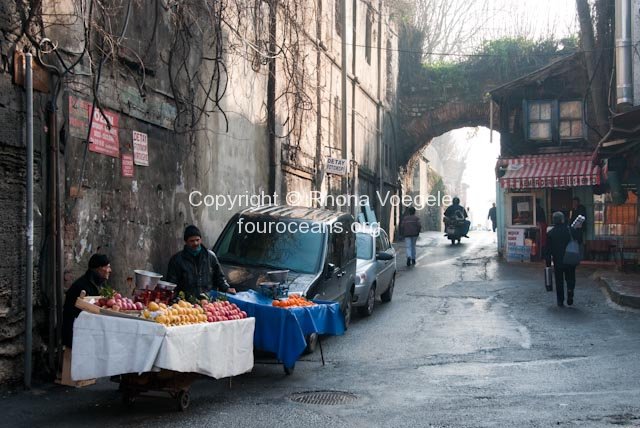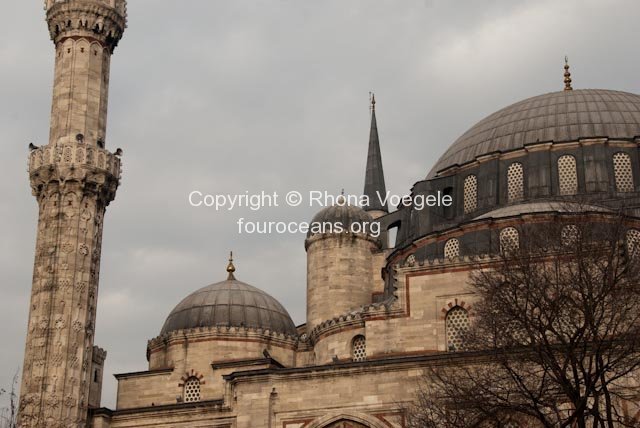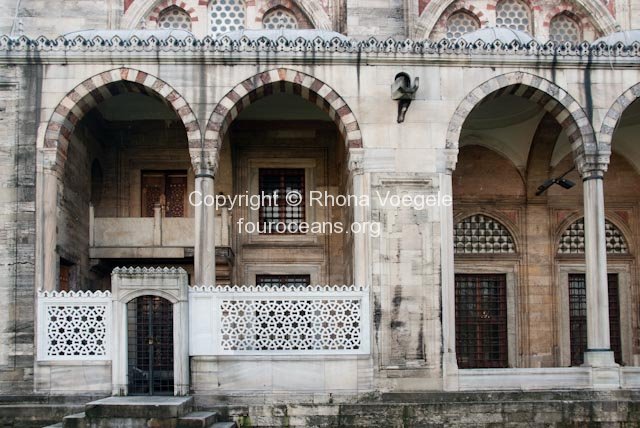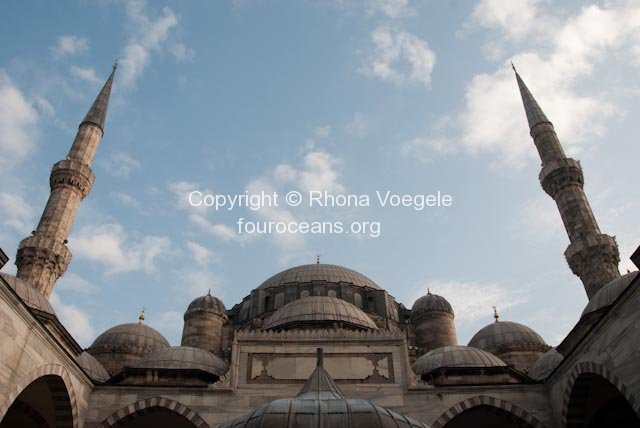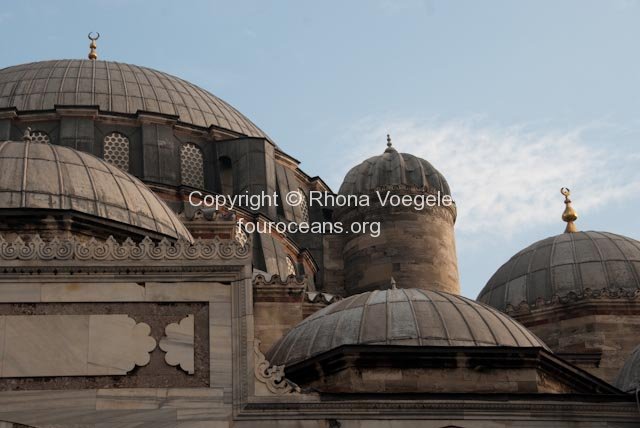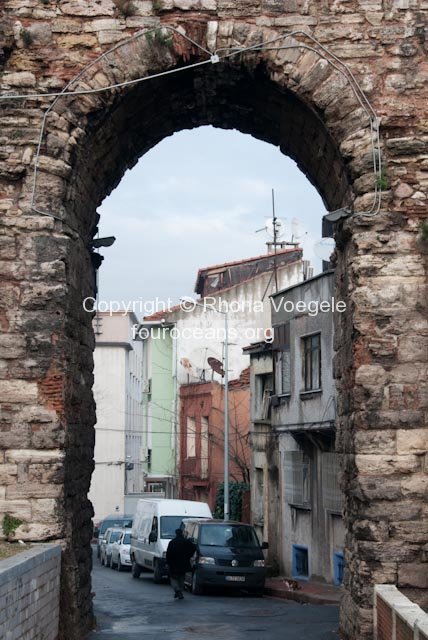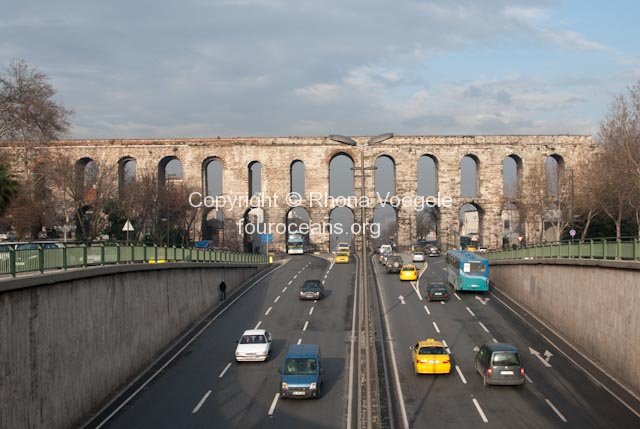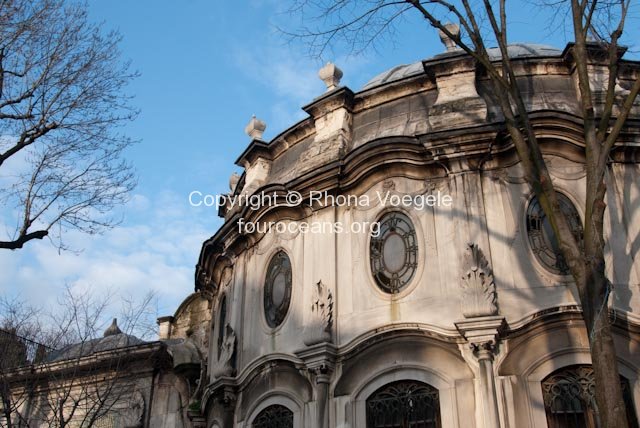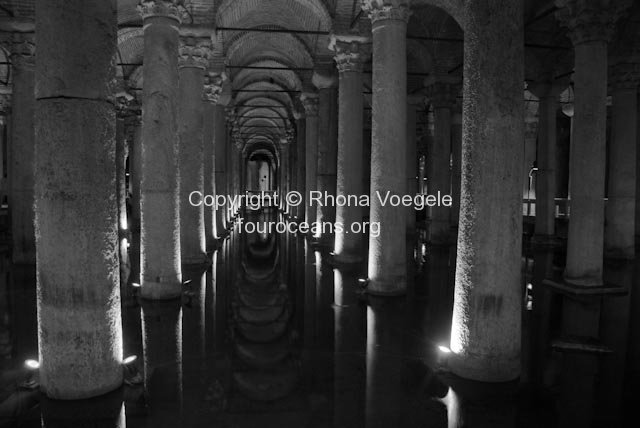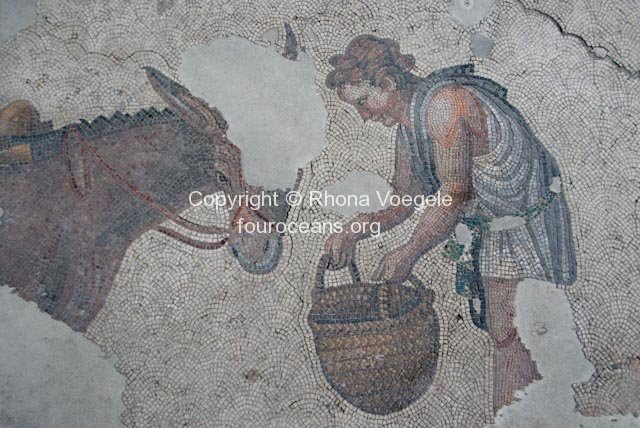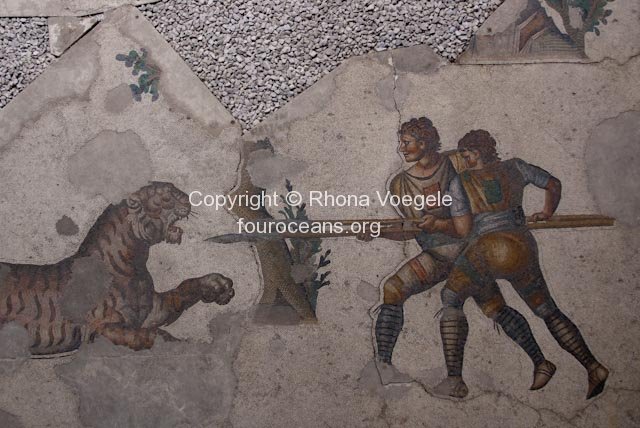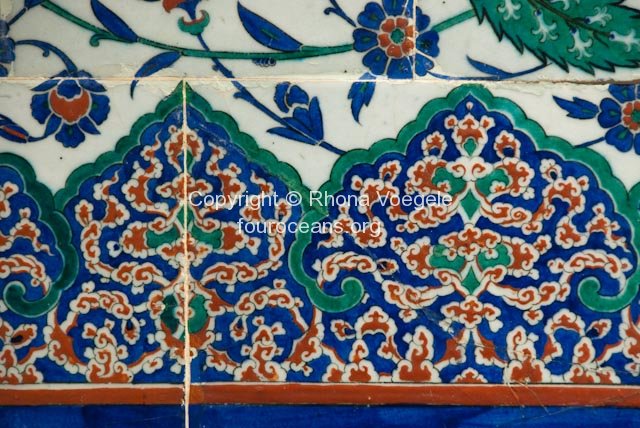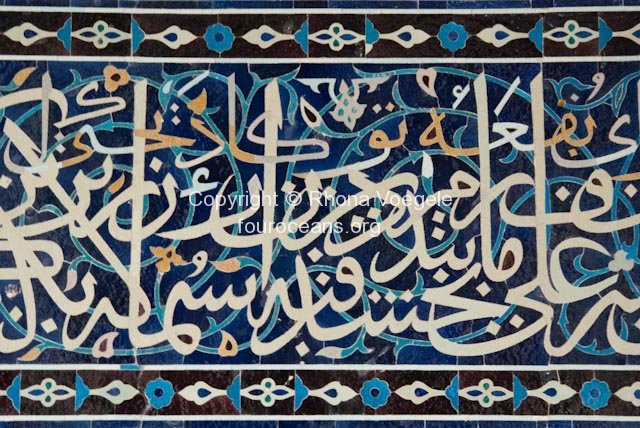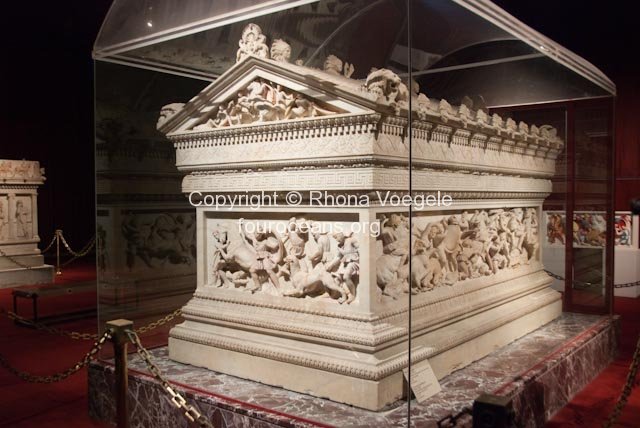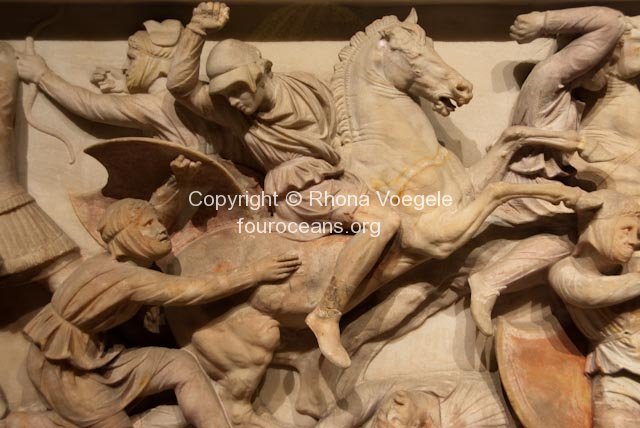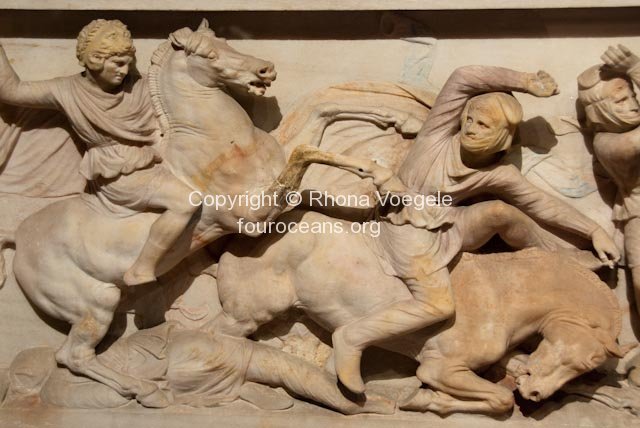–
–
From Selcuk we travelled to Kusadasi where we met up with my aunt’s stepbrother who lives there with his wife. I’d never met Mark and Barbara before but we had a great time hanging out, ended up staying at their place that night and talked for hours over a couple of glasses of wine. Listening to my aunt’s family history I realise how interesting the people who I’ve grown up with are. When someone’s always been a part of your life you don’t really think about where they came from. Her mother is Greek and took part in the population exchanges between Greece and Turkey in the aftermath of the First World War. She ended up marrying a British man who is my aunt’s father but they divorced. My aunt’s mother remarried and Mark is her second husband’s son from a previous marriage. Apparently before the family was kicked out of Turkey my aunt’s grandfather built (or designed?) buildings for the Ottoman sultans which can still be seen in Istanbul today.
It was a good week for meeting interesting people in between our Roman ruin visits. Our base for visiting the UNESCO listed combination of Hierapolis/Pamukkale was Denizli where we couchsurfed. Yasin had contacted us and offered his house so we based ourselves there for a couple of nights and did a daytrip. His wife, Umran, and 1 year old daughter, Deniz, were lovely and we really enjoyed hanging out with their extended family. On our second night there he took us to a concert by a Turkish singer who has been living in exile in France since 1980. In that year Turkey had its third military coup (earlier ones in 1960 and 1971) and hundreds of thousands of people were detained, tortured, tried and blacklisted. Around 14,000 people were stripped of citizenship.
Read the rest of this entry »
Posted by: Rhona Tags: Acropolis, Asclepion, Basilica of St John the Apostle, Bergama, Ephesus, House of Virgin Mary, Izmir, Pergamum, Red Basilica, Selcuk, Seven Wonders of the Ancient World, Temple of Artemis
–
–
It’s been a week full of randomly placed marble blocks, stepping over broken terracotta pipes and trying to visualise what used to stand in the grassy area that’s now home to skittering lizards and brightly coloured spring flowers. We’ve seen Ancient Roman ruins galore and discovered a Christian history in this part of the world that kind of took me by surprise. Shows you how little I know about these things…
From Ayvalik we went south to Bergama, our base for exploring the ruins of Pergamum. After Alexander the Great’s death in 323BC at the age of 32 (which reminds me of a Tom Lehrer quote: “it’s a sobering thought that when Mozart was my age he’d been dead for two years”) without a son or appointed heir, one of his generals, Lysimachus, took control of much of the Aegean region. He then promptly died himself, leaving a massive amount of captured treasure in the hands of his commander in Pergamum. Who did what anyone in his position would do: he set himself up as governor. The dynasty continued until 129BC when the last king bequeathed the kingdom to Rome upon his death, though the peak of Pergamum’s power came between 197 to 159BC when it was a cultural and intellectual centre.
We wandered around the Acropolis, the ancient city that sits perched on top of a hill surrounded by defensive walls. There are remains of the royal palace, residential houses, water and sewage systems (water came from 45km away), an arsenal, a bazaar, the library, a gymnasium, bathhouses and various temples. The 10,000 seat 3rd century BC theatre is cut into the hillside and gives a fantastic view over the surrounding landscape. Some of the temples are still impressive but the mound of rubble left at the altar of Zeus gives no indication of the splendour that now adorns a museum in Berlin. The library in Pergamum was rivalled only by that in Alexandria but Mark Anthony later gave all its volumes to Cleopatra as a wedding present.
Read the rest of this entry »
–
–
It has to be said that my first impression of Turkey outside Istanbul wasn’t great. Finding our way to the centre of Bursa from the ferry terminal was confusing and along the way we were laughed at a few times. Having groups of people obviously talking about you, gesturing toward you and openly laughing is never a way to be made feel welcome. I started to think that maybe there was a reason so much of Turkey’s tourism seemed to be centred in Istanbul.
Thankfully it just seems to have been a random thing. It does have to be said that the two of us laden down front and back with our packs is a pretty amusing sight but most people manage to giggle quietly or include us in their laughter. Bursa and the rest of Turkey rose in my estimation once we found a place to stay and had a good night’s sleep. Exploring Bursa was great, we visited a couple of interesting mosques, ate Iskender kebab at its birthplace and explored the sprawling markets. The city was founded around 200BC and in the 6th century the nearby thermal area of Çekirge was developed by Justinian 1, the Byzantine emperor. For a while it bounced between rulers until it was conquered by the Ottoman Turks in 1326. It was their capital until 1402 and the first two sultans are buried there. We visited the Green Mosque, built between 1419 and 1424, which has beautiful marble carvings on the outside wall. The nearby Green Tomb, where the Green Mosque’s founder is buried, is a beautiful small building surrounded by cypress trees. The tiles inside are original and the stunning 3D designs are something we haven’t seen before.
Read the rest of this entry »
–
–
Well we’re still in Istanbul, though we’re finally leaving this evening to explore more of what Turkey has to offer. It’s been great to have so much time in this fascinating city but two weeks in one place is enough for us. Actually the past month has been pretty relaxing; a week in Lviv (Ukraine) then a week in Kyiv and two weeks here. It’s going to be a shock to put on our backpacks again, though after a session at the post office yesterday they’ll be a whole lot lighter. I finally got rid of my pet rock, Melnik, who I’ve been carrying since the start of Bulgaria about 3 months ago. It’s a long story…
In our second week in Istanbul we visited Dolmabaçe Palace, which was the residence of the Ottoman sultans when they moved out of Topkapi Palace in 1856. They certainly didn’t skimp on decorations, and the rooms are beautiful. Most impressive were those that were designed to impress visiting dignitaries and ambassadors; they dripped with gold leaf, lush fabrics and luxurious French style furniture. On the other hand the rooms of the harem, the residential part of the palace, were relatively plain. Once the palace had been vacated following the fall of the Ottoman Empire, Mustafa Kemal Atatürk had his summer residence here. He was a military officer during World War 1 and is revered as the founder of the modern, secular Turkish nation. The bed on which died in 1938 is watched over by a clock stopped at his time of death.
Read the rest of this entry »
–
–
We’ve spent the past week in Istanbul, being befriended by carpet salesmen, exploring historic mosques, drinking fresh orange juice, watching dervishes whirl, eating baklava, counting stray cats, buying souvenirs in the Grand Bazaar and dodging rain showers. It’s been a busy week. On our first night in the city we headed out to the weekly CouchSurfing meeting where we met lots of great people who gave us a list of culinary delights to taste and some great tips for sightseeing in Istanbul and Turkey. On our way home, as we walked between the Aya Sofia and the Blue Mosque, it snowed a wet, heavy snow.
Both Aya Sofya and the Blue Mosque were, of course, on the “must see” list and both are incredible. Aya Sofya was originally built in 537AD by the Byzantine emperor Justinian. It was the world’s biggest Christian church until the conquest of Constantinople in 1453 by the Ottomans and its transformation into a mosque. Even today with all the technology available, the building is still incredible. The 55m high dome floats above mere mortals heads, and even the balcony soars up toward the ceiling. The Blue Mosque, more accurately named Sultan Ahmet Mosque after the sultan who commissioned it, was built between 1606 and 1616 to rival Aya Sofya. It doesn’t quite achieve that but it’s a pretty tough competition to win. The interior is a huge space covered in tens of thousands of blue tiles, hence the unofficial name of the structure.
Read the rest of this entry »
